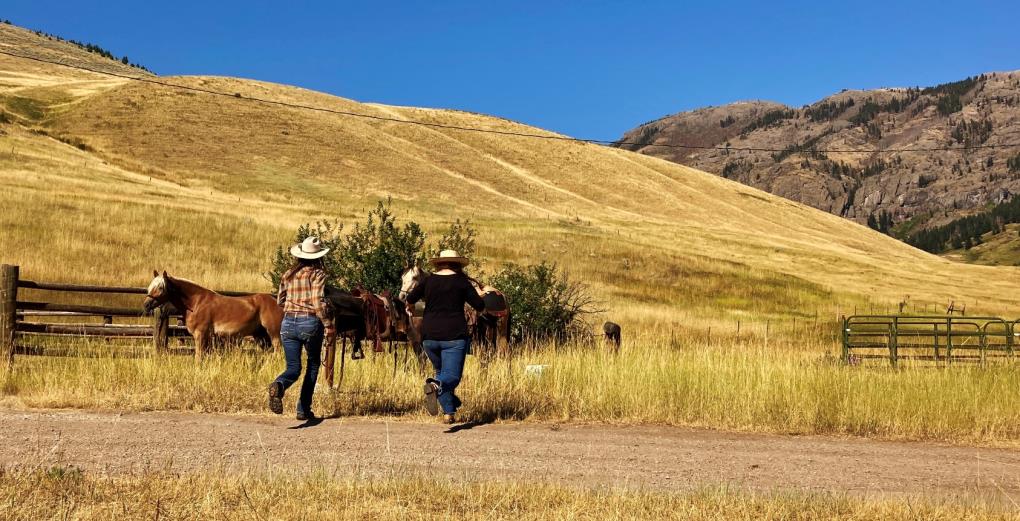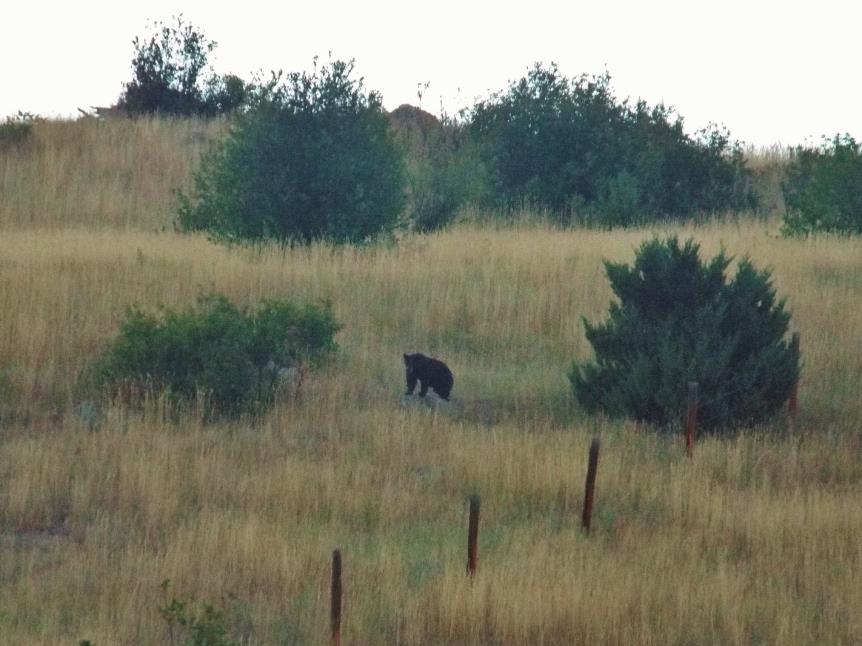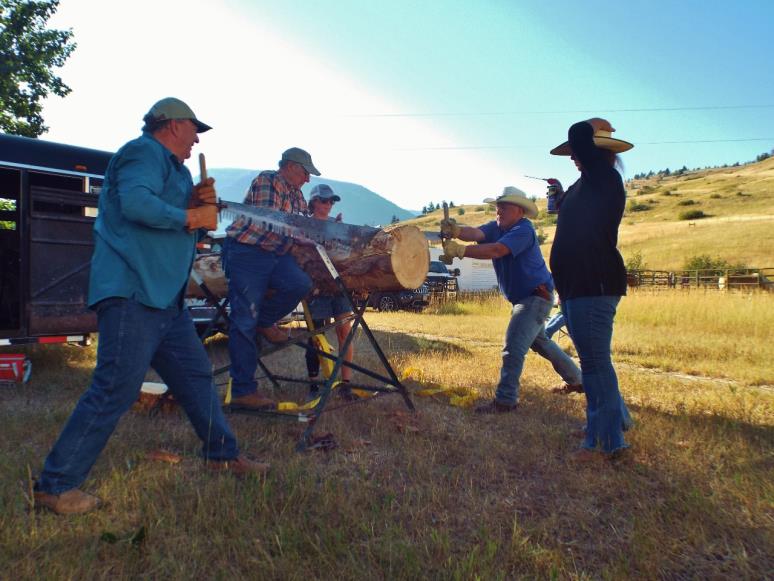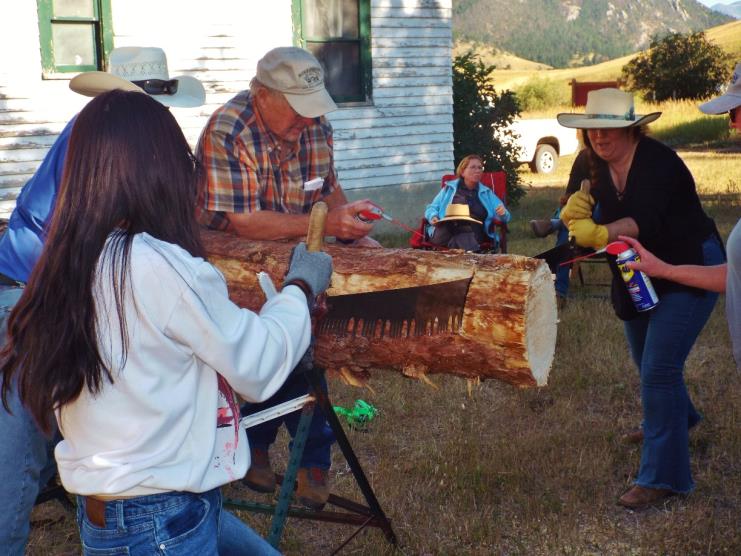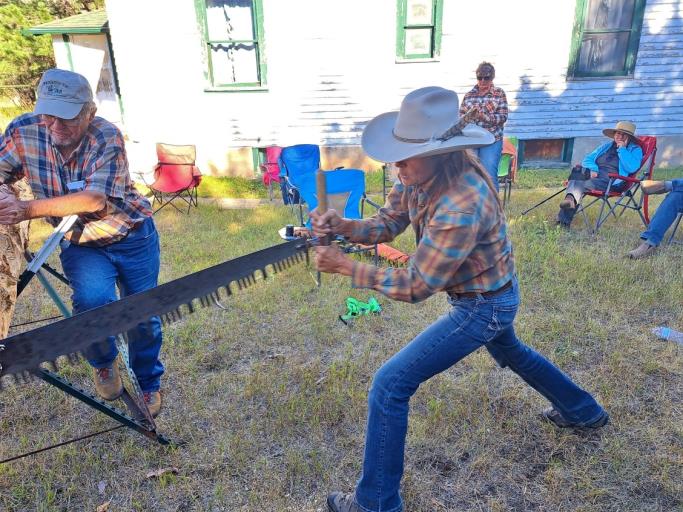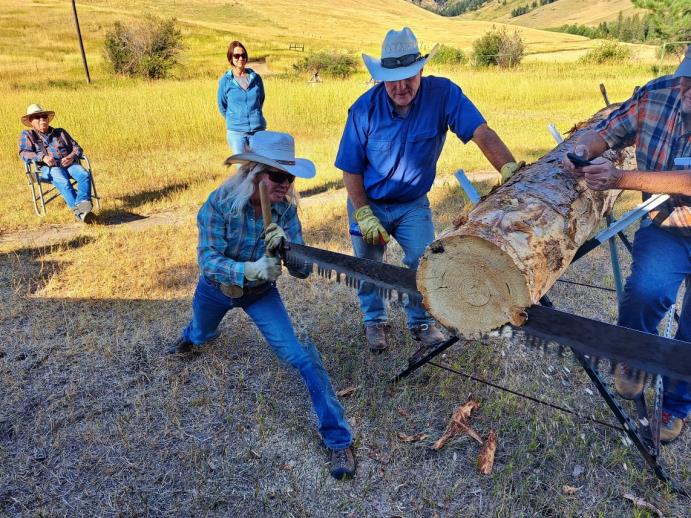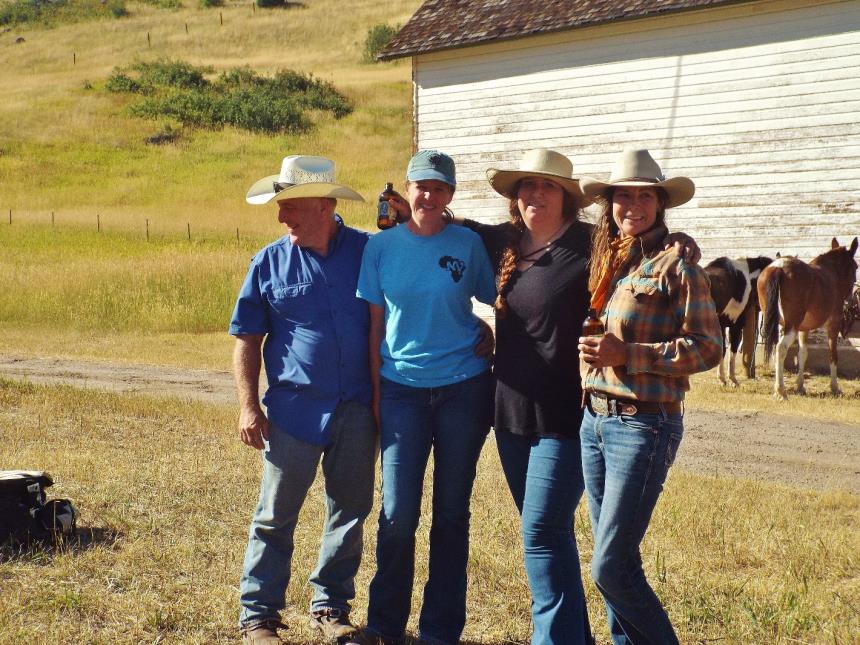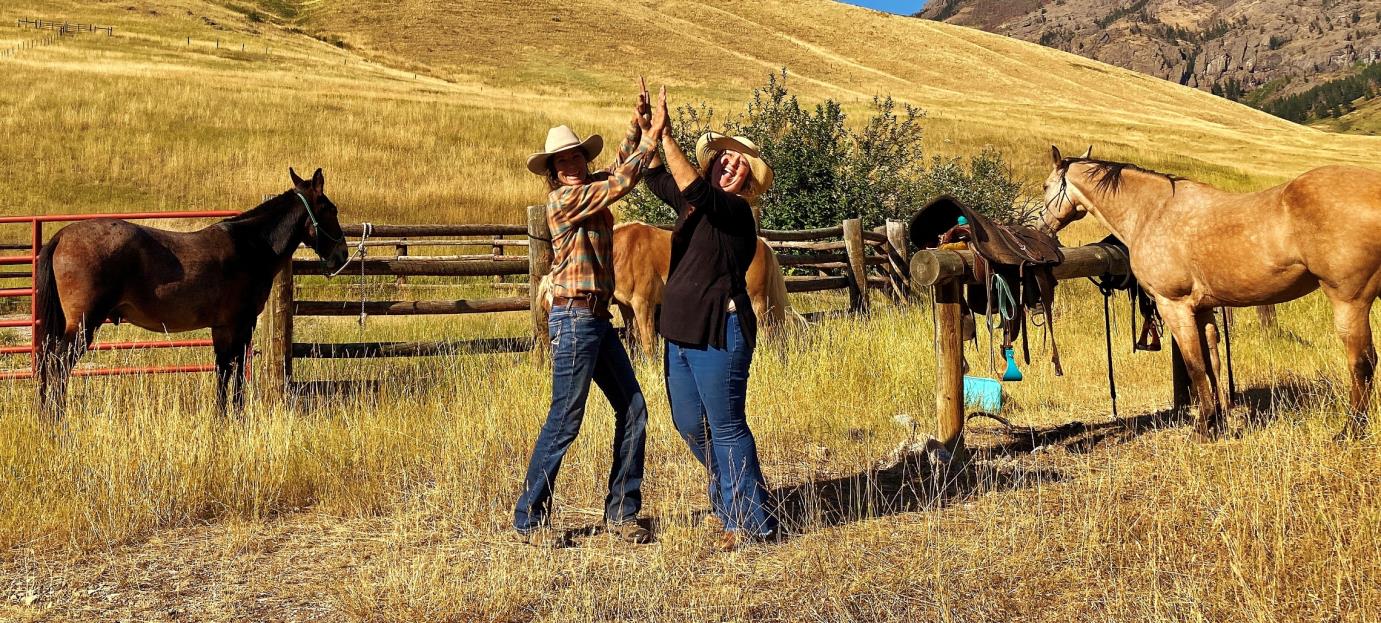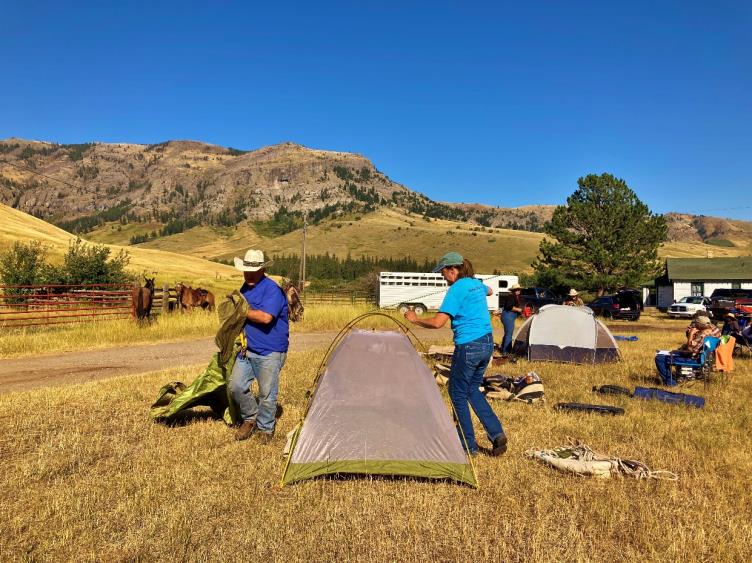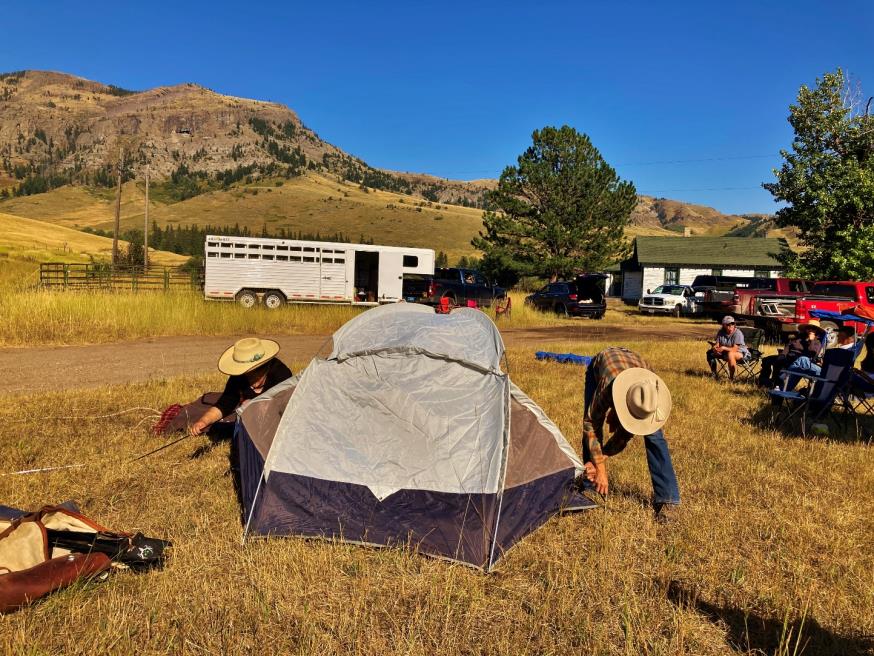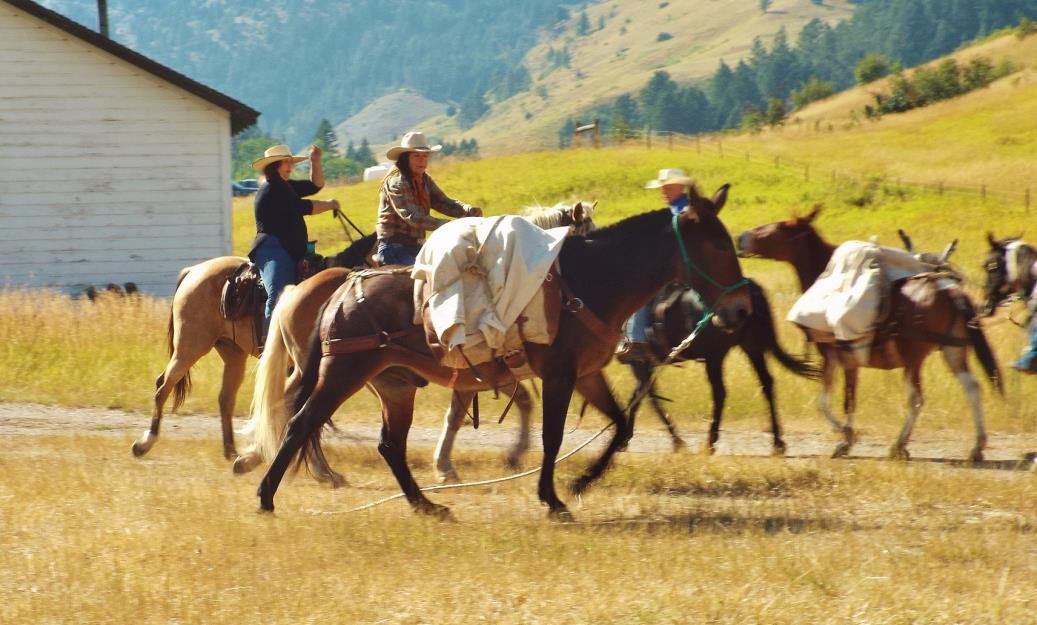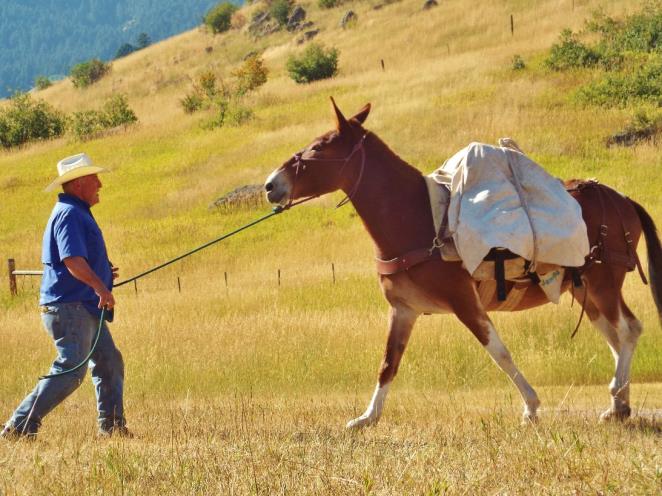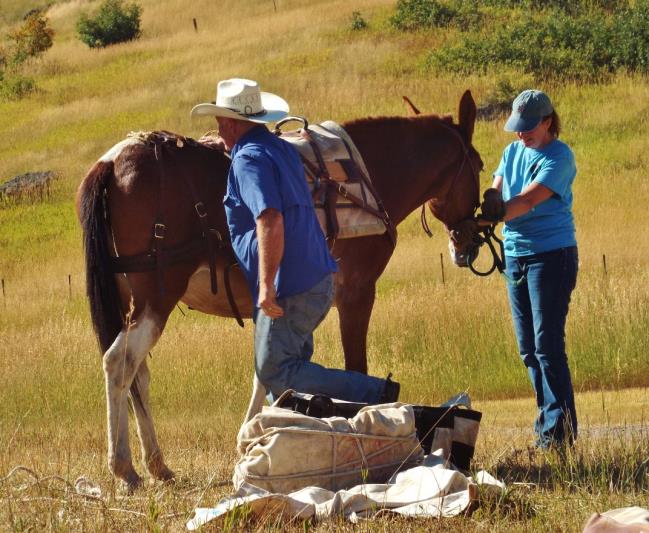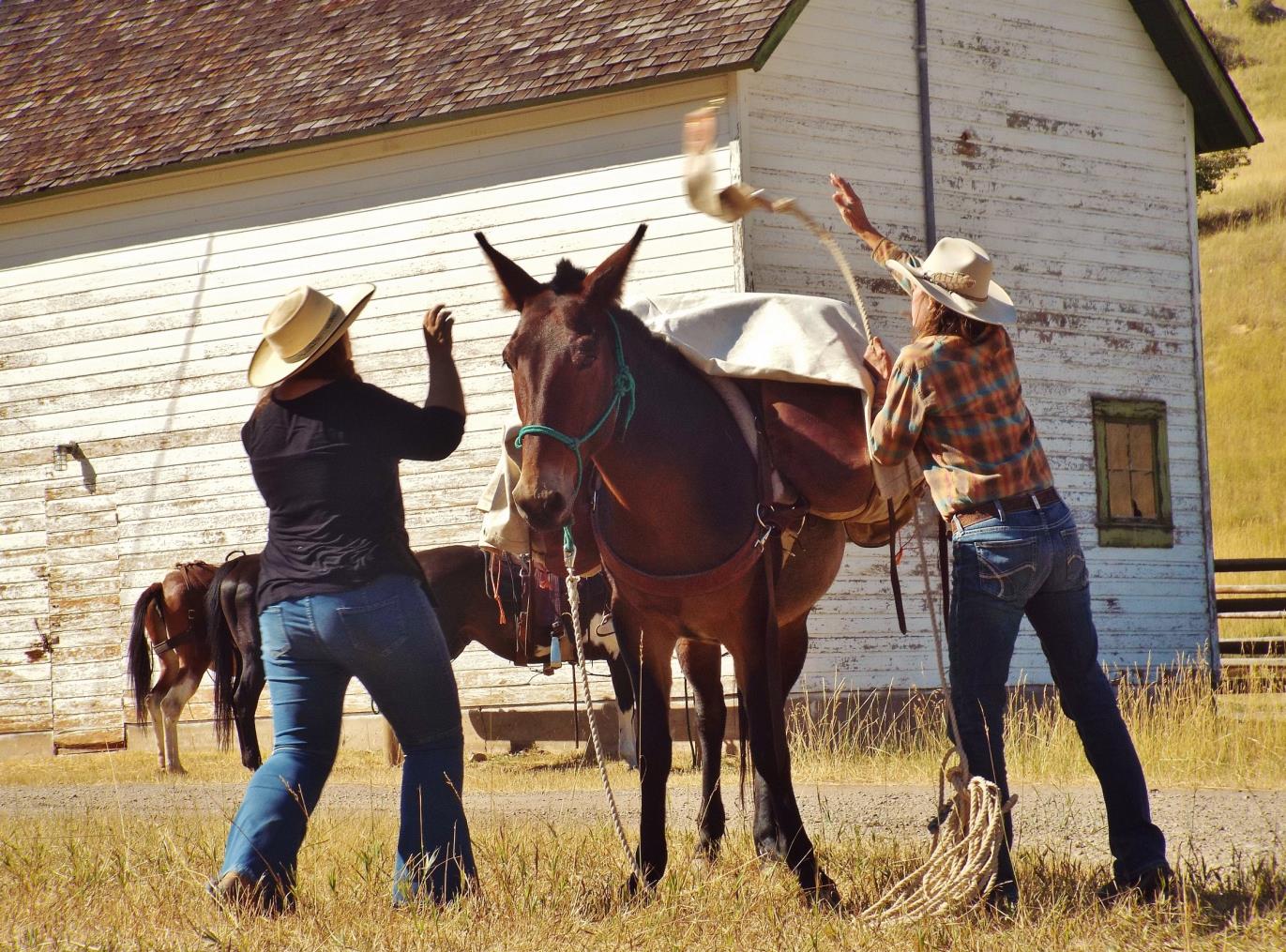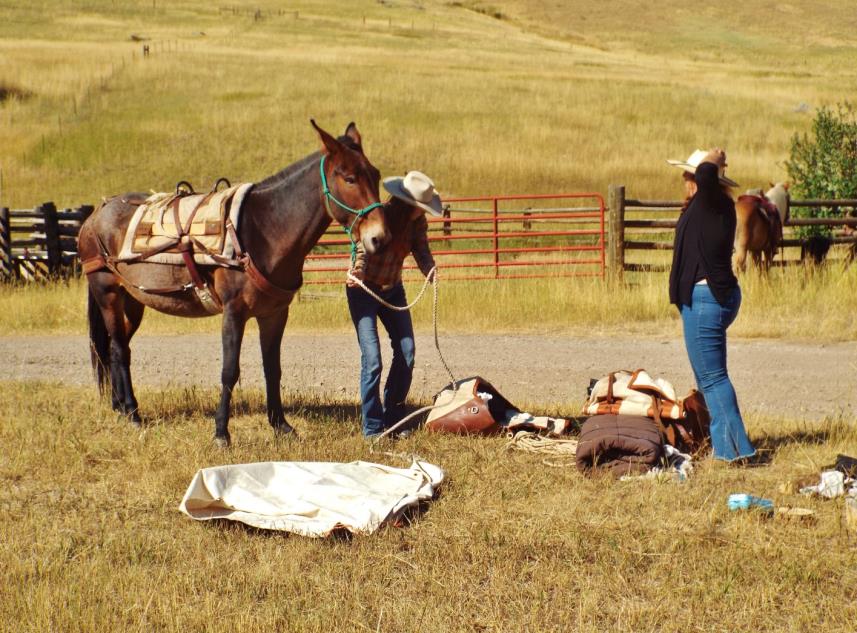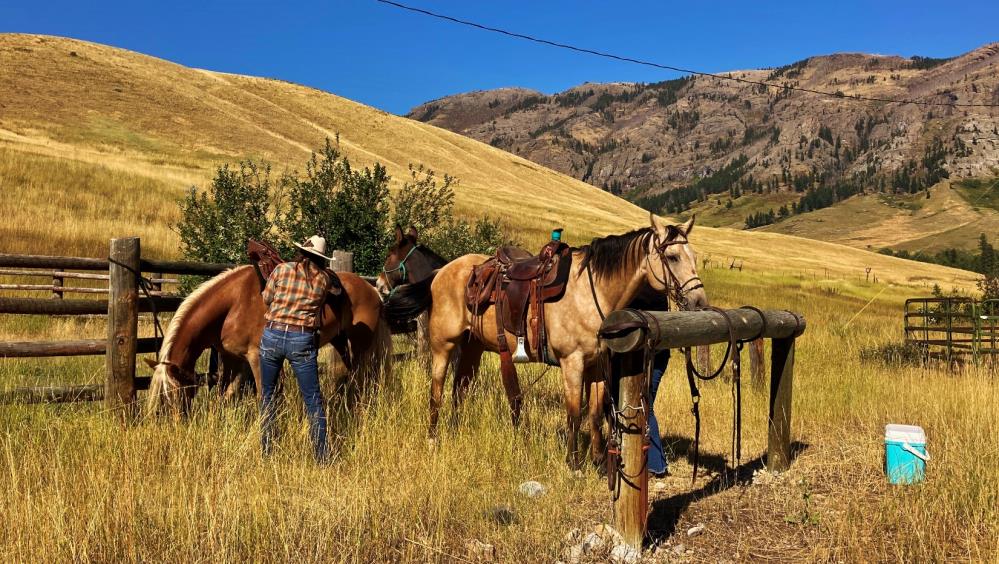Defensive Horseman Clinic March 19
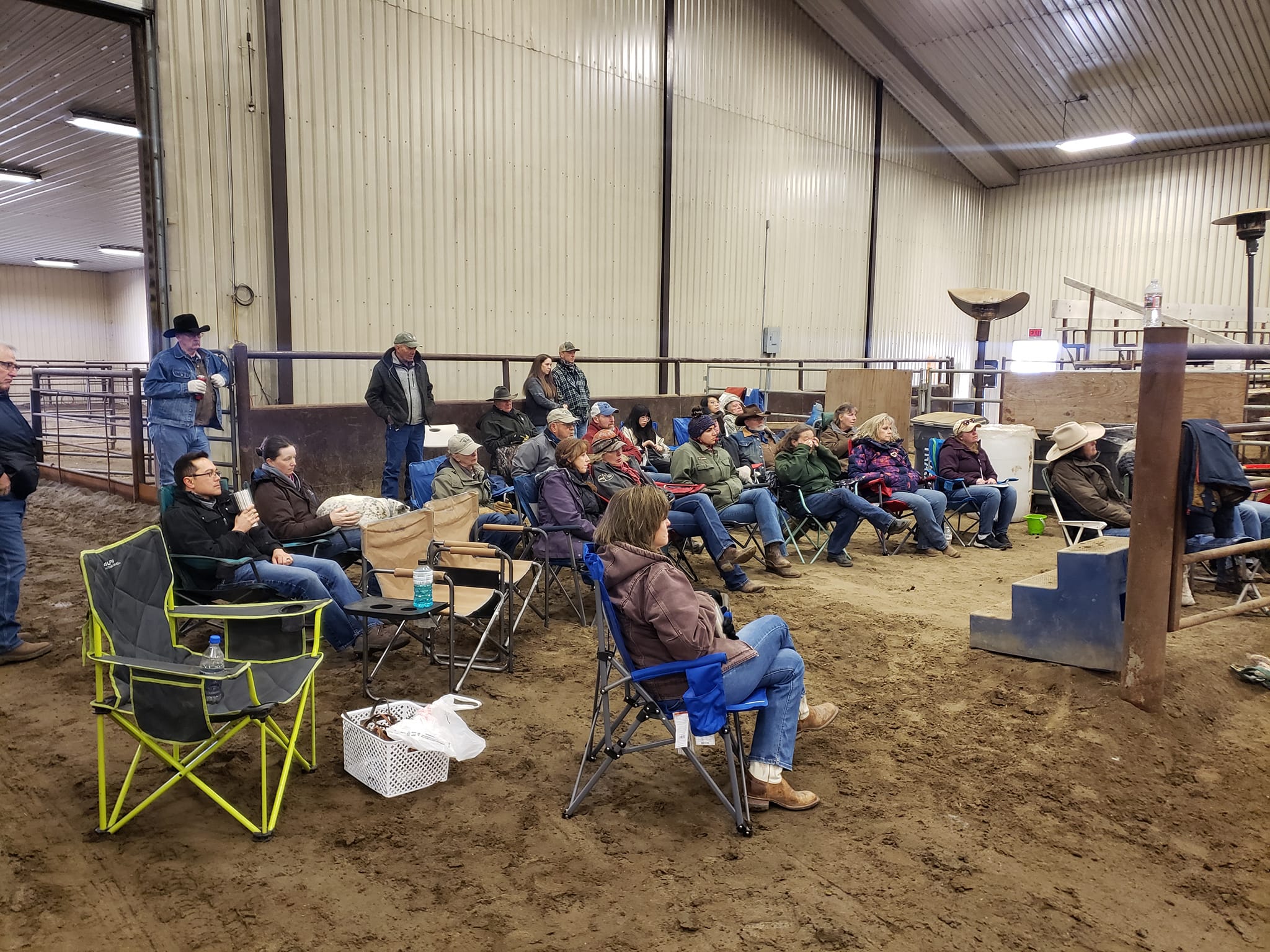

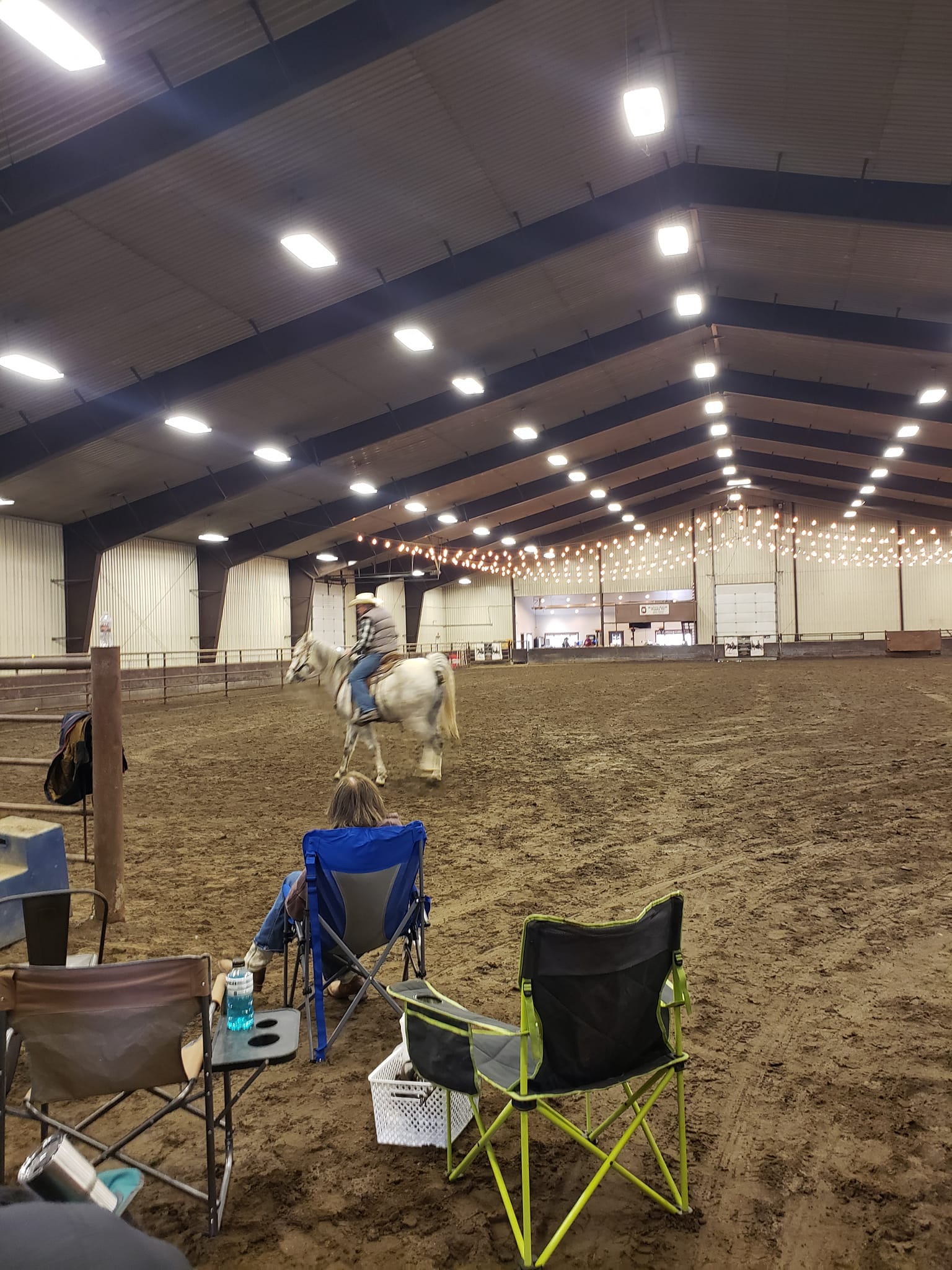
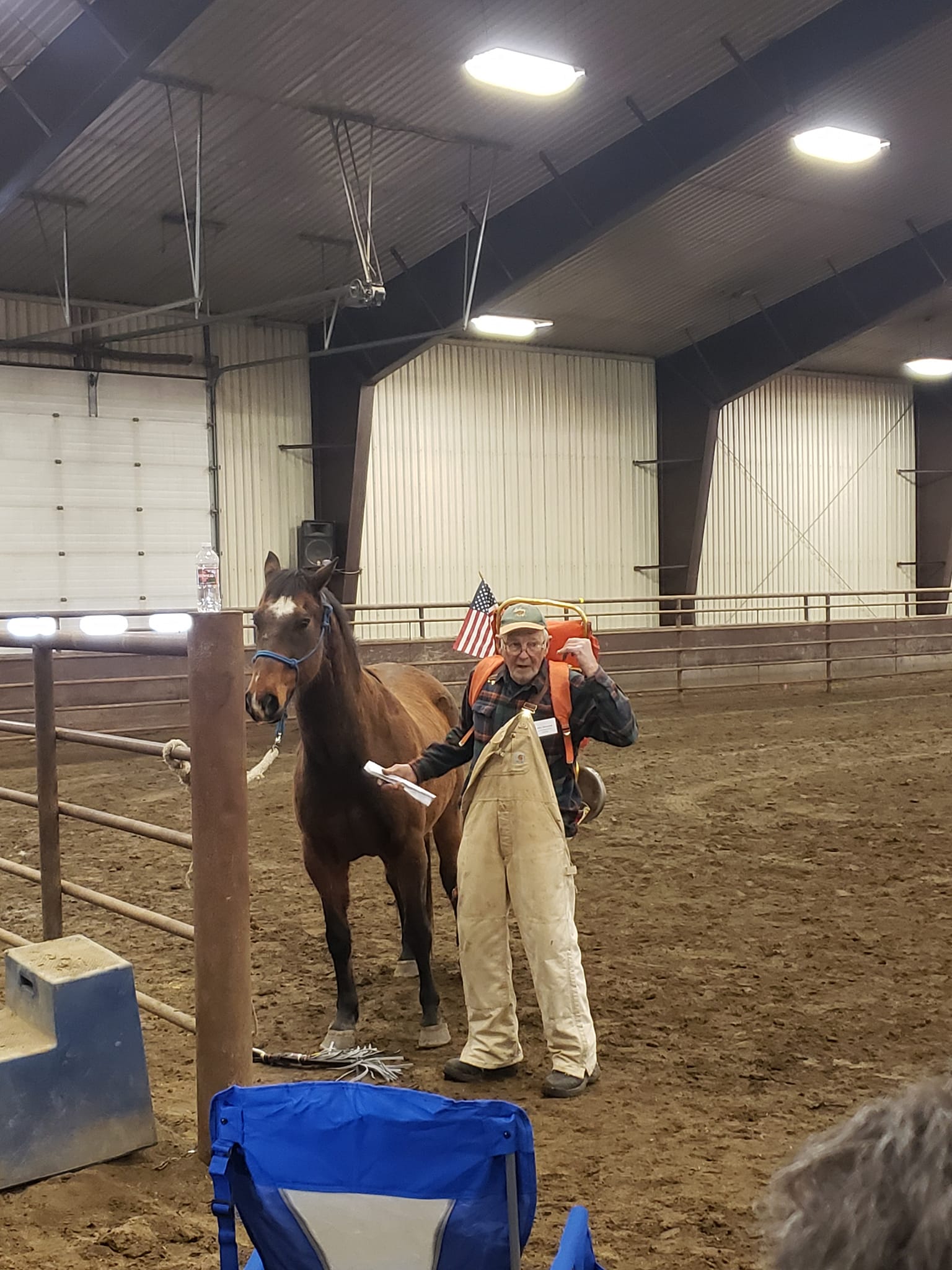
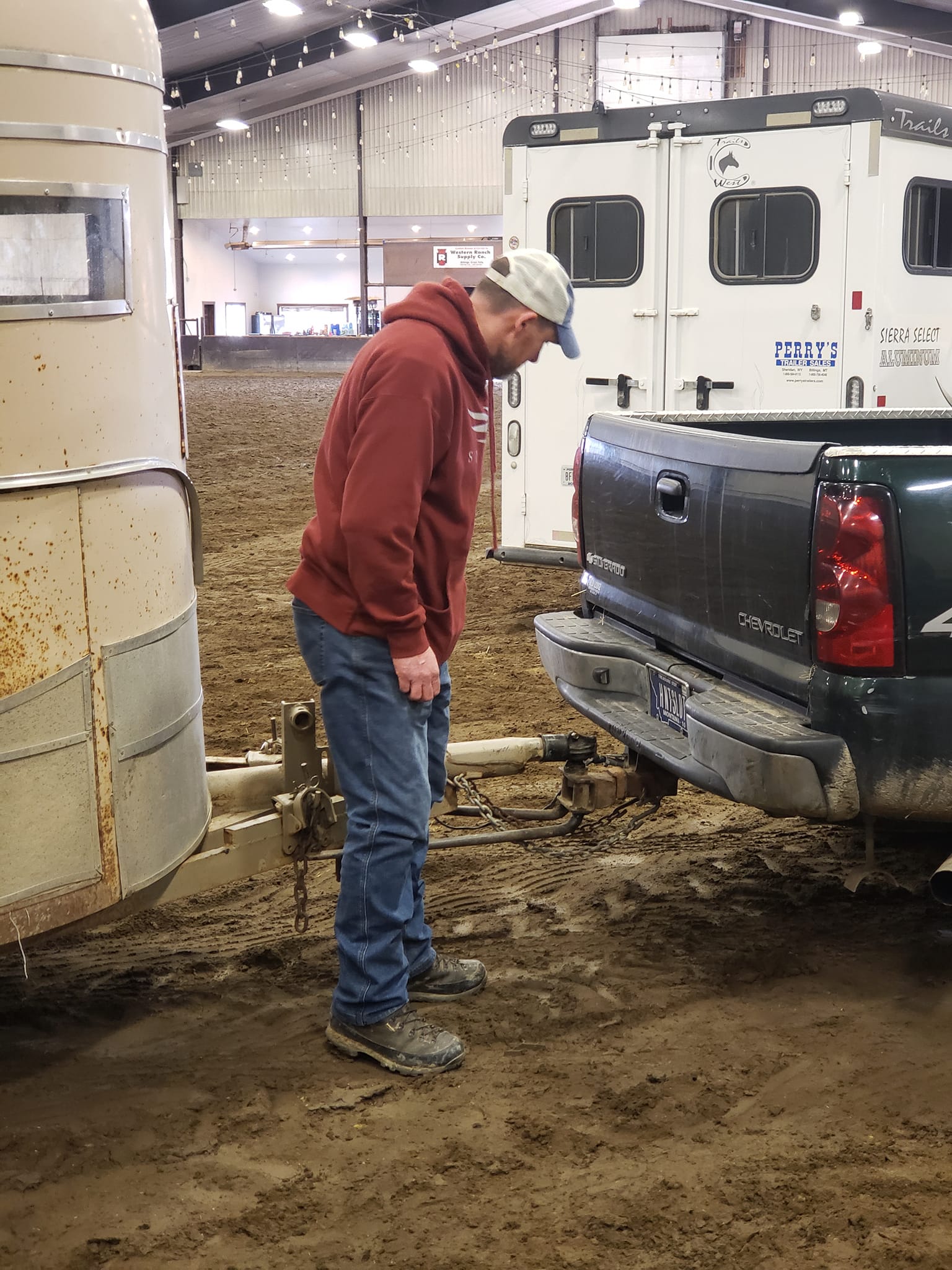

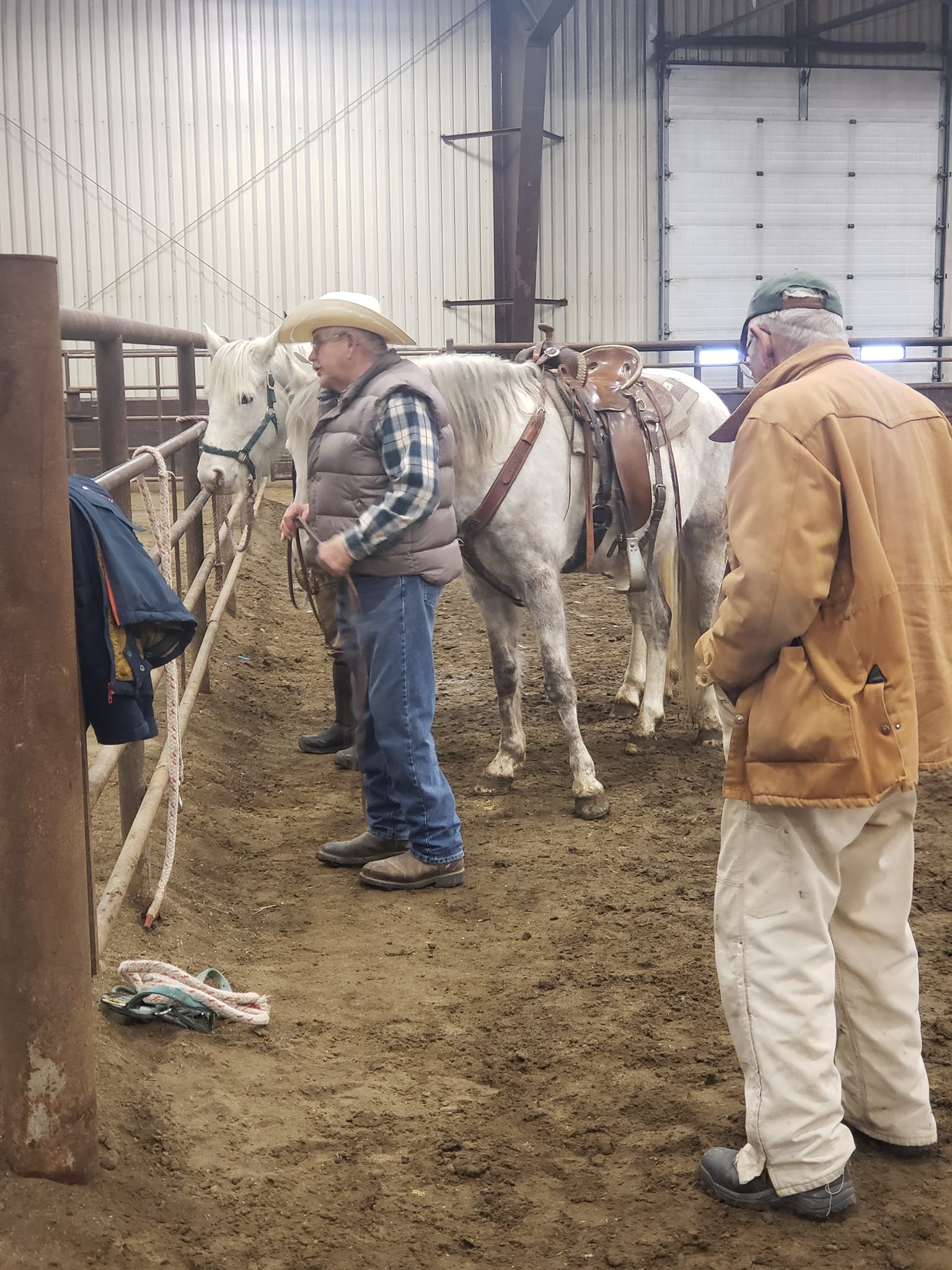
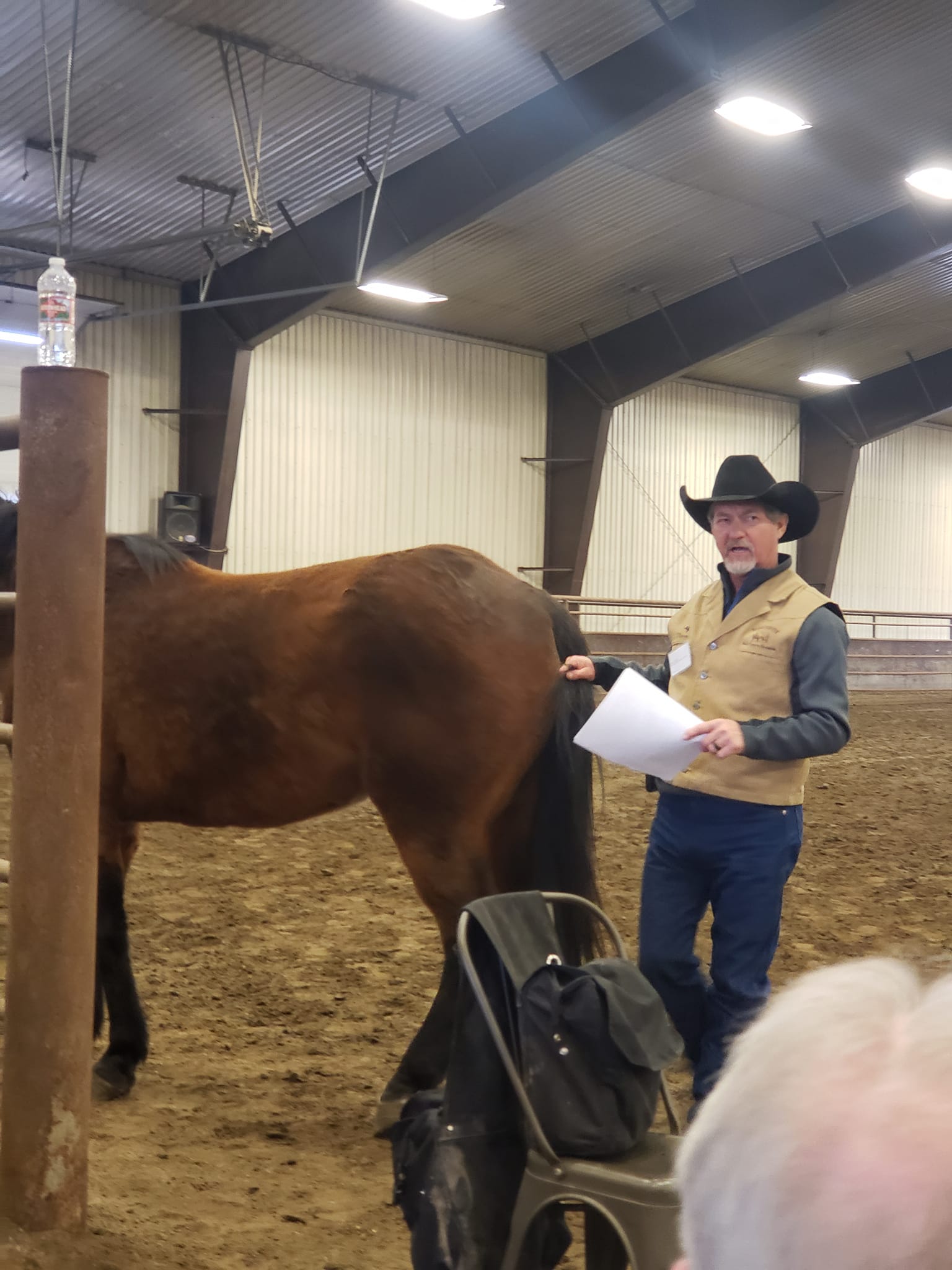
Huge thank you to all of our presenters and everyone who helped & welcome to all the new members!
Our first trail clearing is this Saturday at Island Lake.
Island Lake Trail Clearing March 26
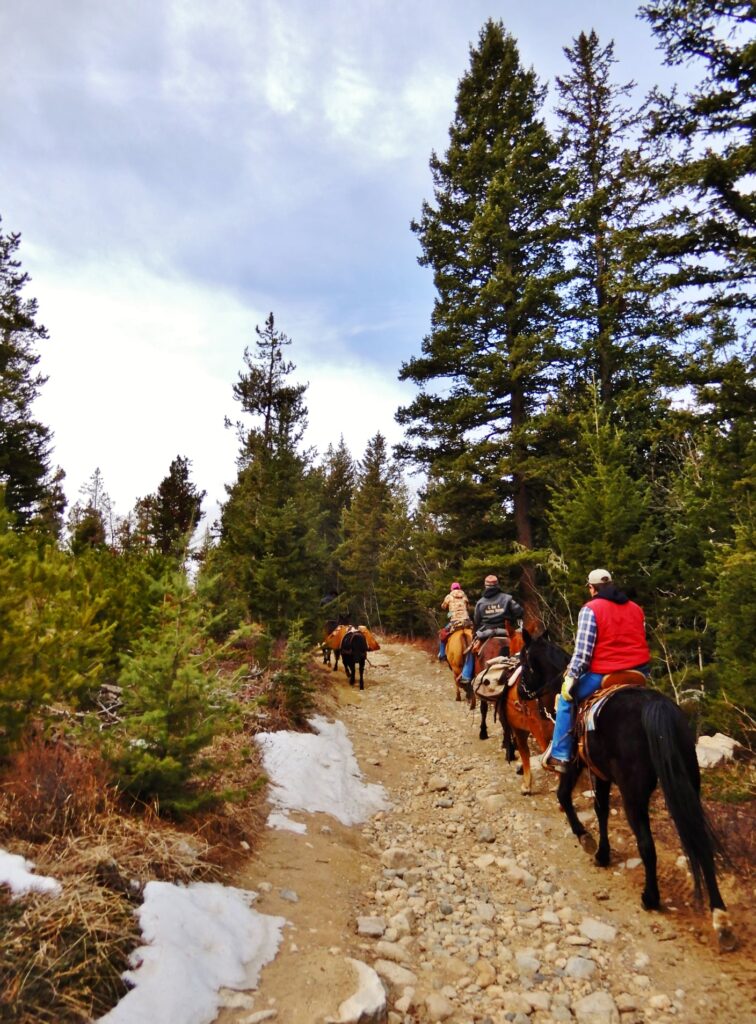

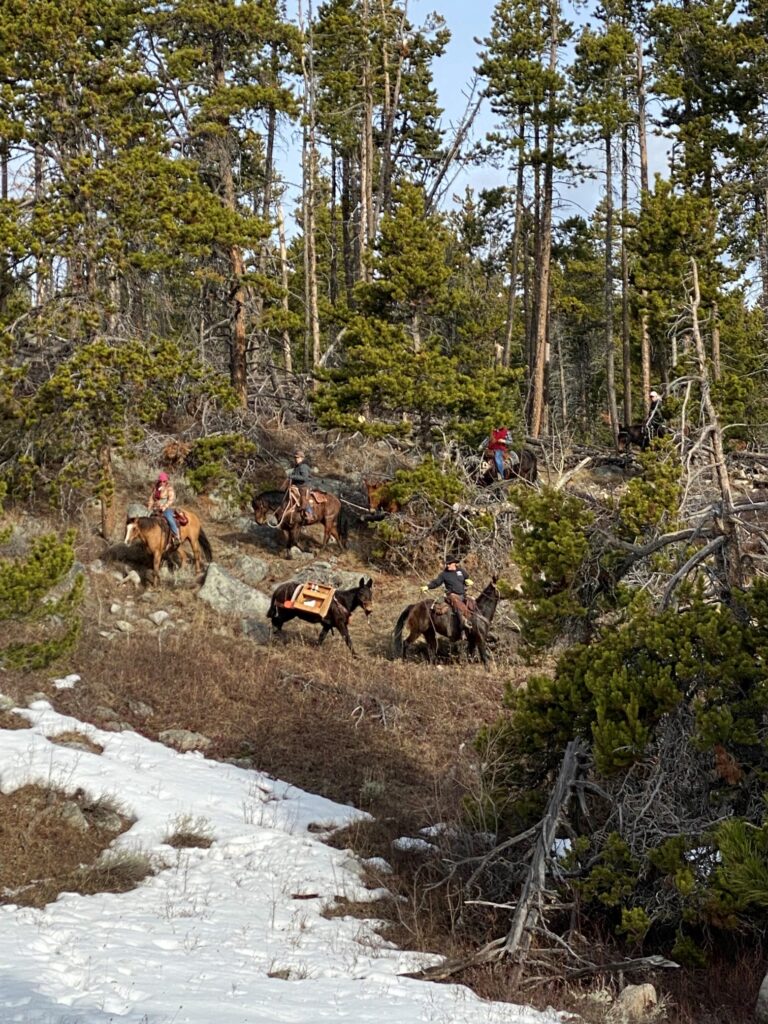
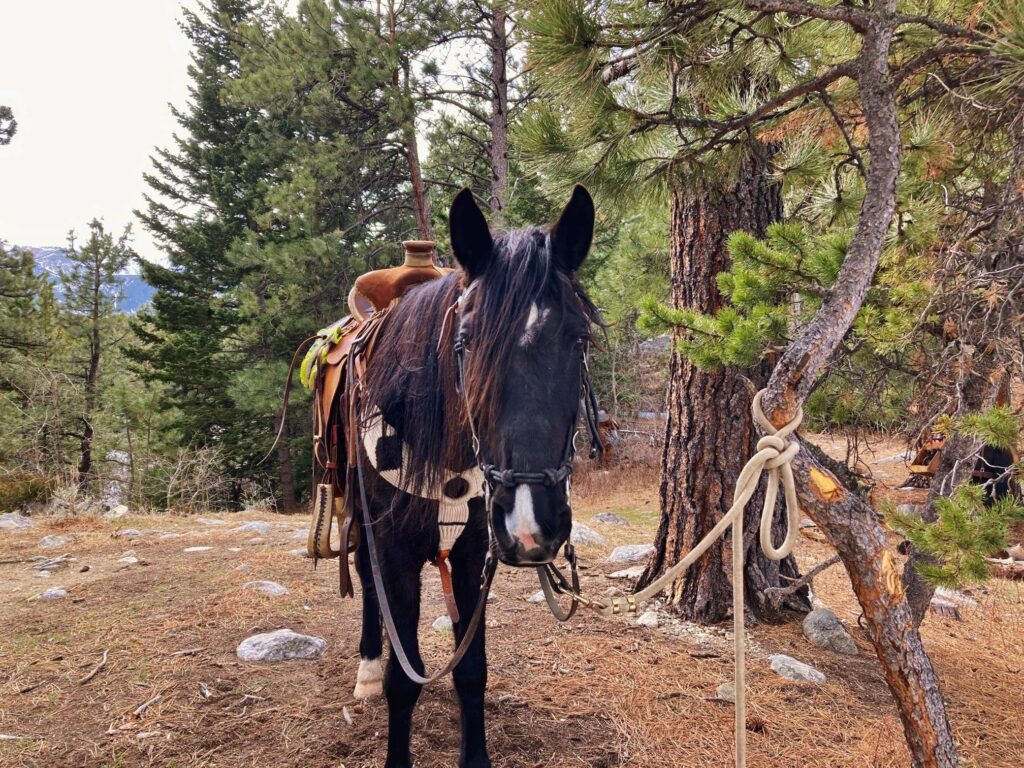
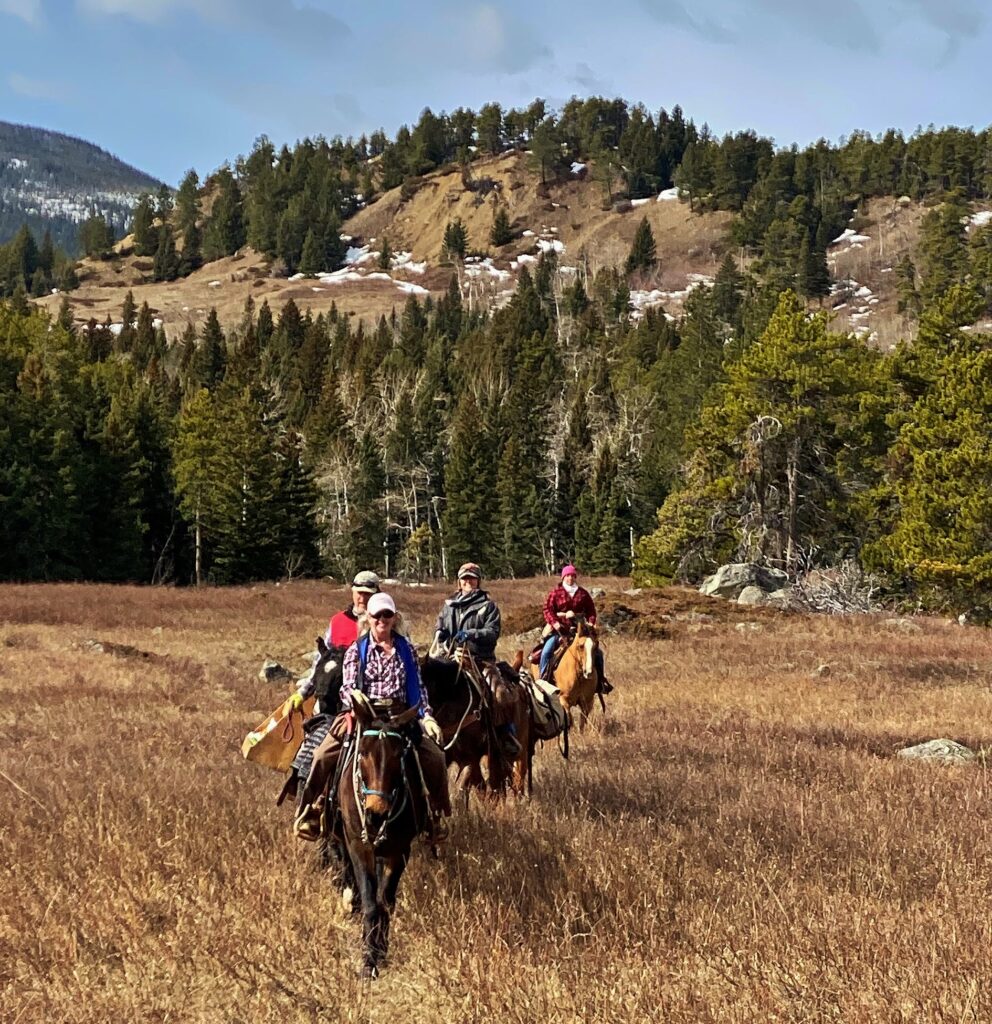
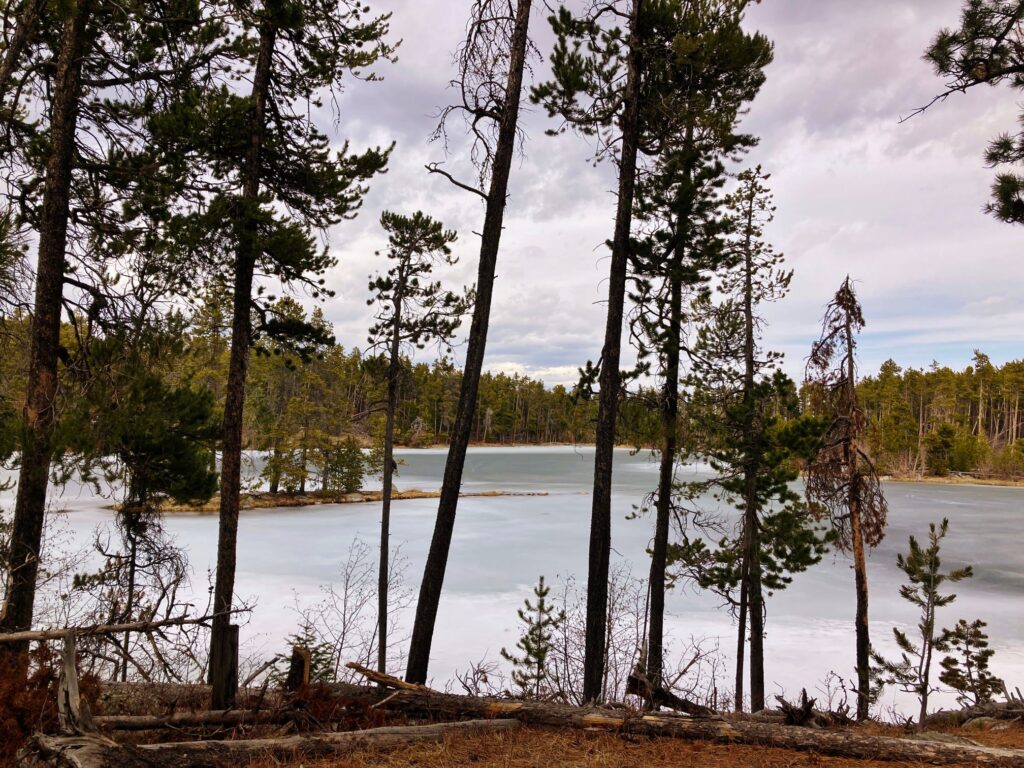
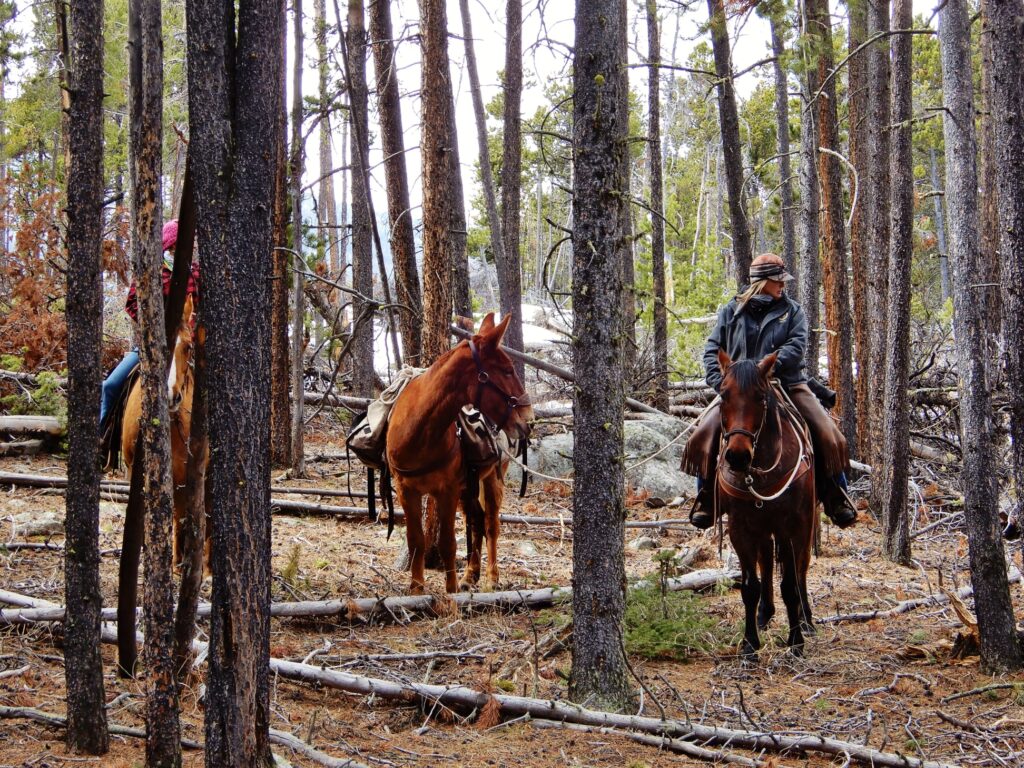
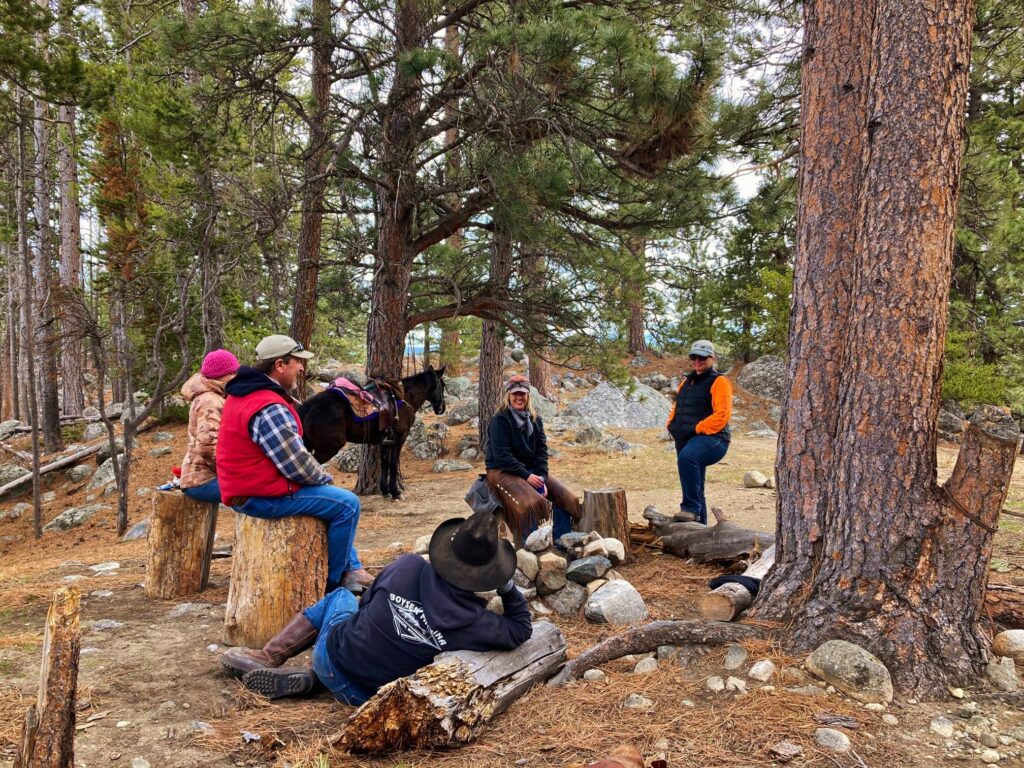

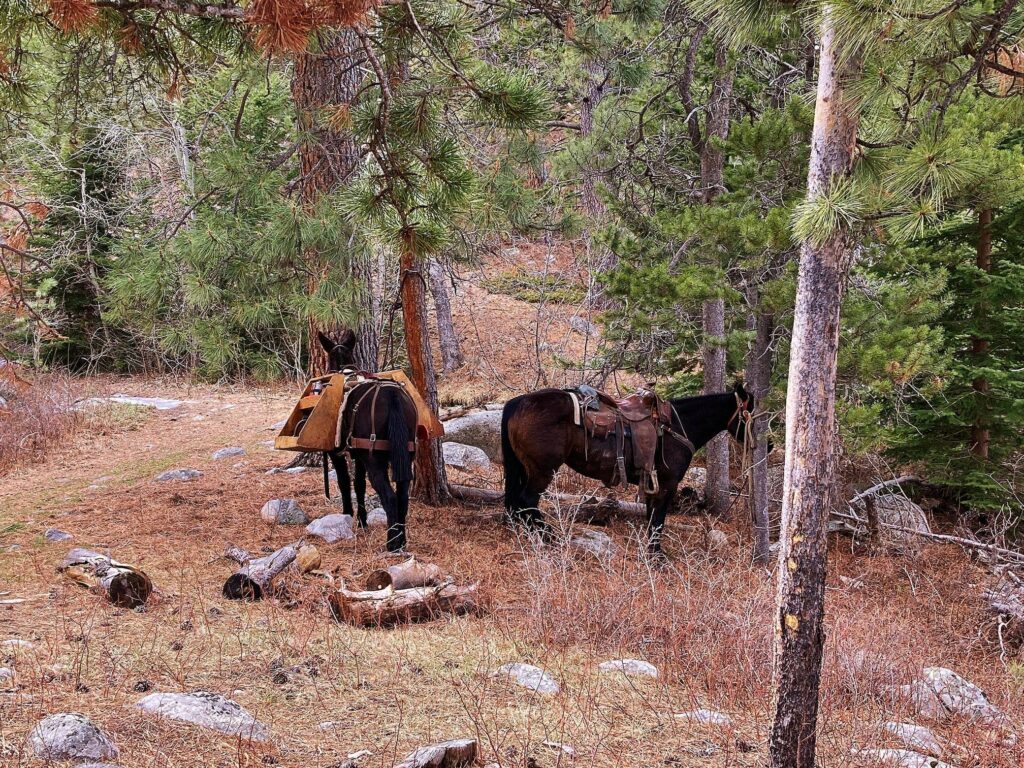
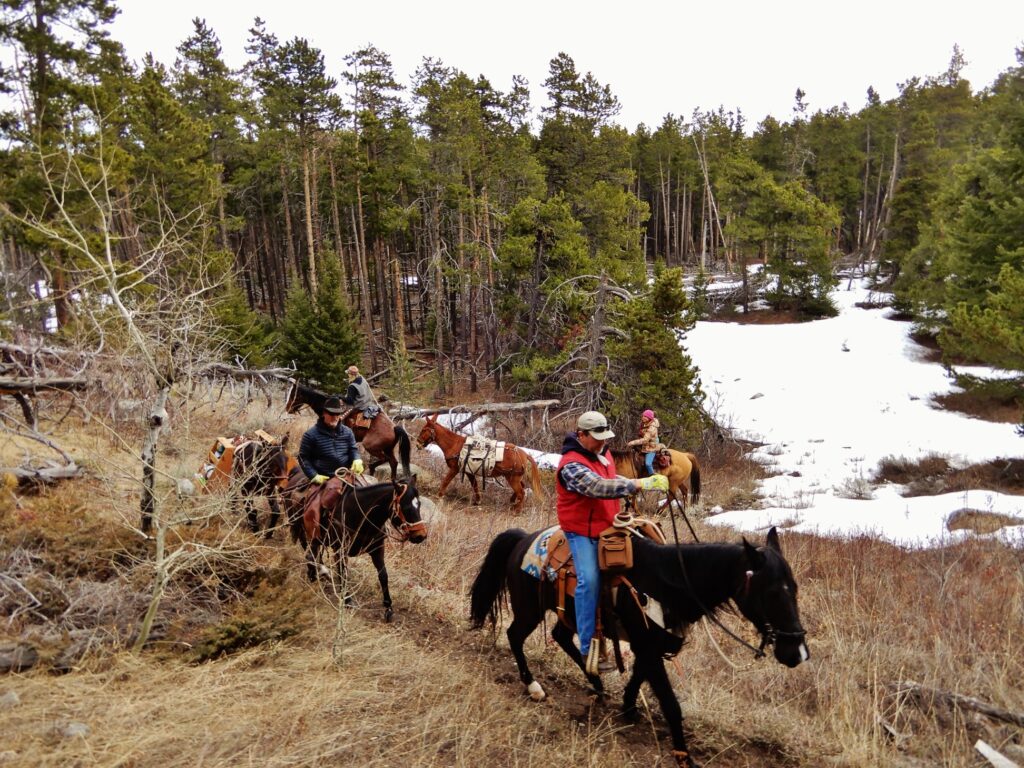


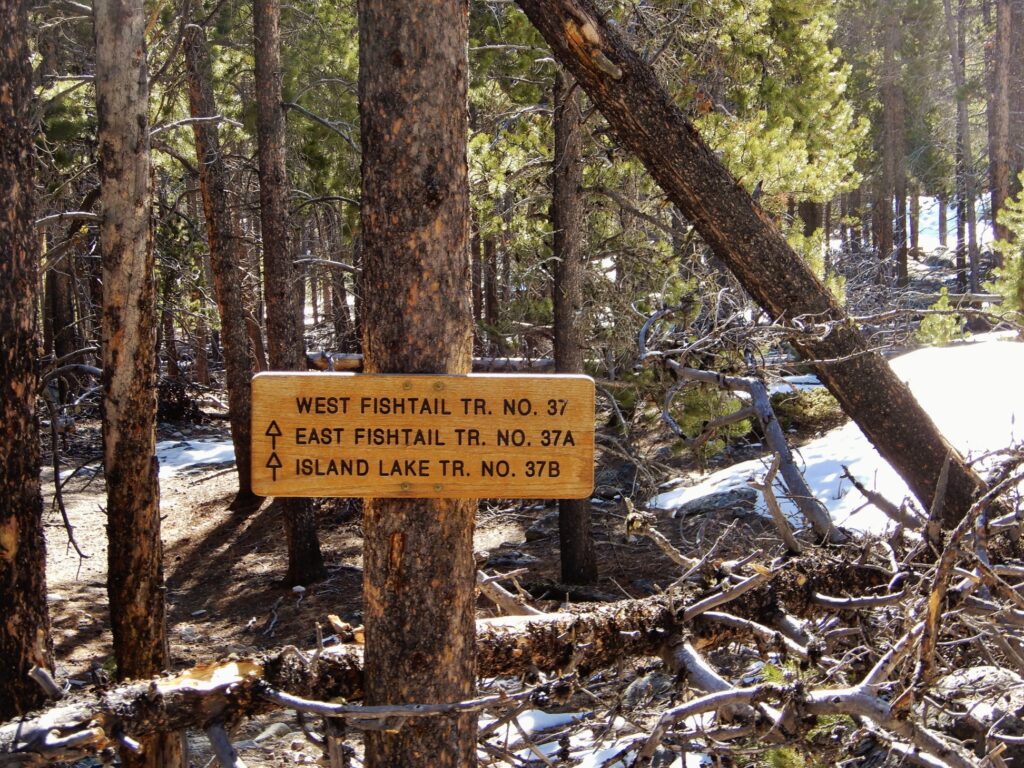
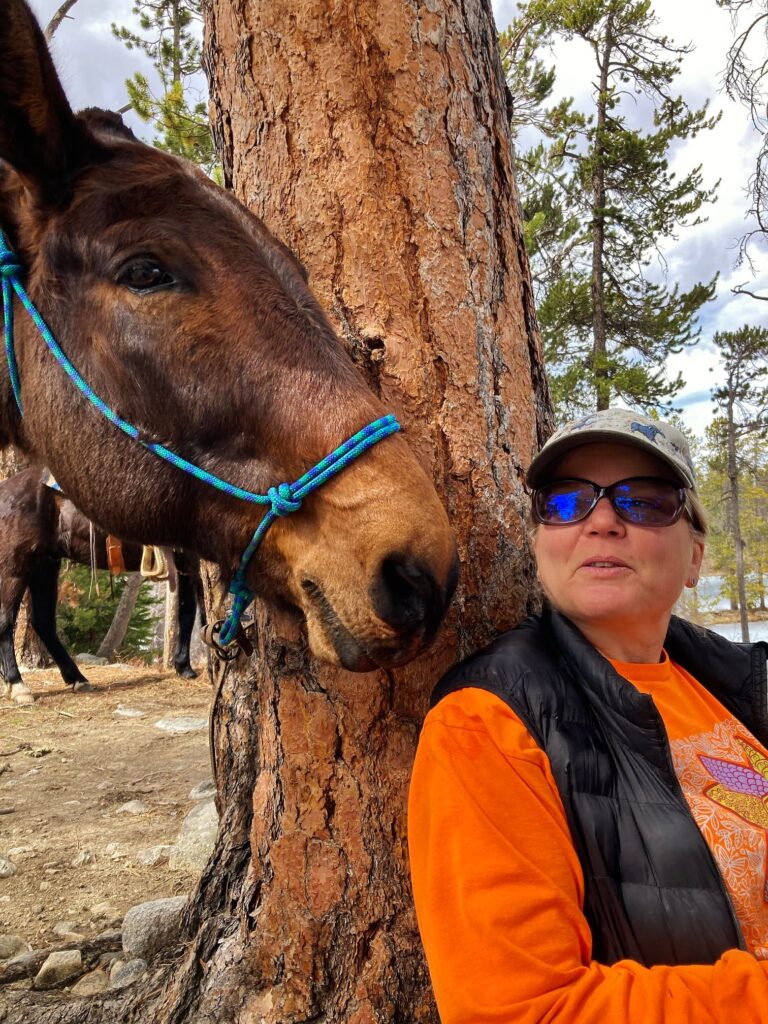
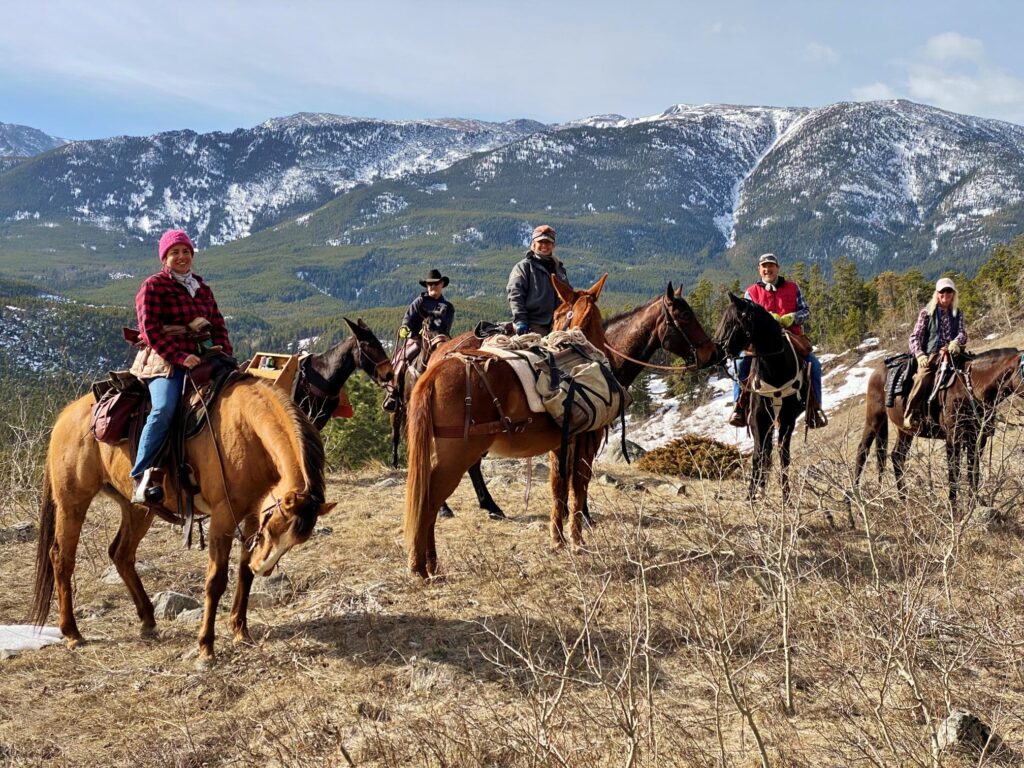

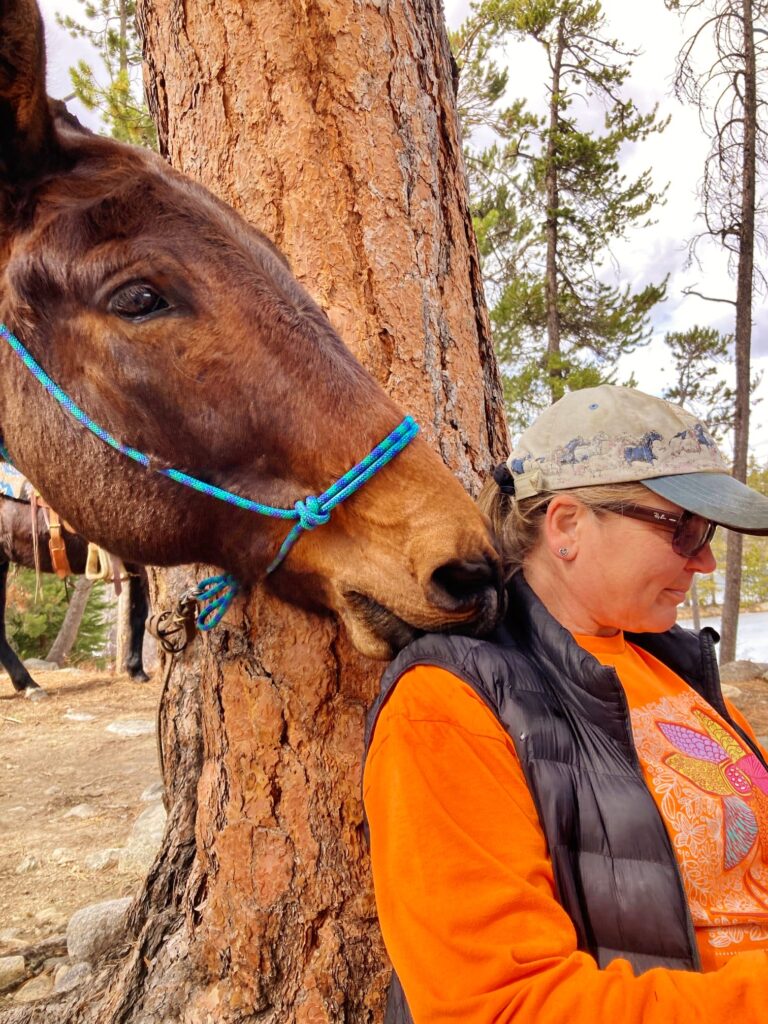

While we still had portions of deep snow, with the tracks that Beau and Tara’s horse, Walker, made during recon, the “going” was much more manageable. We came across downfall less than a mile up Trail #37. Some of the downfalls were from last year. Most horses or mules could easily step over or locate a go-around. Still, the Forest Service standard is to clear downed trees over 8″ in diameter. So we took all of them out. A little further down, after the switchbacks, was a large “widow-maker” hanging over the trail at a 45°angle. It’s been there for quite some time. Beau is 15.2 hands (62″) and can make it through if we stick to the high side. Those on taller horses had to dismount and walk under or go around. Before attempting to cut a widow-maker, the sawyer must evaluate all potential dangers. Look for snags, possible throwbacks, and assess if there are tension points. Also, you have to size up where the tree will land. Before cutting, it’s time for everyone, including your riding and pack stock, to get out of the way. It’s also good to call out “timber” to alert everyone that the tree is coming down
 .
.Today’s focus, Trail #37, hadn’t been cleared for two years. In 2020, the forest service canceled all work because of Covid, and the following year the creek crossing was too high and dangerous. I joined Tara at the front to help cut out the smaller downed trees using our hand saws. We figured there was no sense in firing up a chainsaw for a two-minute job. Plus, Tara and I welcome work – that’s why we show up
 .
.One of our members realized he had “lost” his cellphone as we rode into the meadows. We figured it happened while wrestling with his pack mule, so he headed back. For the next hour and a half, the remaining five members “cut on.” I knew there was spotty cell service, but I took my phone off of airplane mode and called our missing member. He answered – so obviously, he found his phone and said he was coming our way. Having traveled almost the whole loop, his horse was sweaty and breathing hard when he rejoined the work crew. We cleared a few more downfalls and then came across a large, tall widow-maker. I asked Dave what he thought. He immediately said, “That is beyond our expertise; we will let the forest service know.” The last large tree was on the service road to the Lake. With several of us on the ground, we had it cleared in a few moments. We tied up at Island Lake for lunch. It was nice to relax, visit and get to know our two newest members. While the other horses and mules rested, Beau spent his break harassing Tara for treats. I think he has a contract with her. After 10.8 miles and 7.25 hours, we collectively cut and cleared 42 downed trees and took out seven widow makers. It feels good to have a trail system clear and ready for the public to enjoy. As soon as the lake thaws, no doubt those with “fishing” in their veins will appreciate our efforts.
Lower Deer Creek – April 4
Jim’s Gulch – Beartooth Back Country Horsemen Trail Clearing May 2
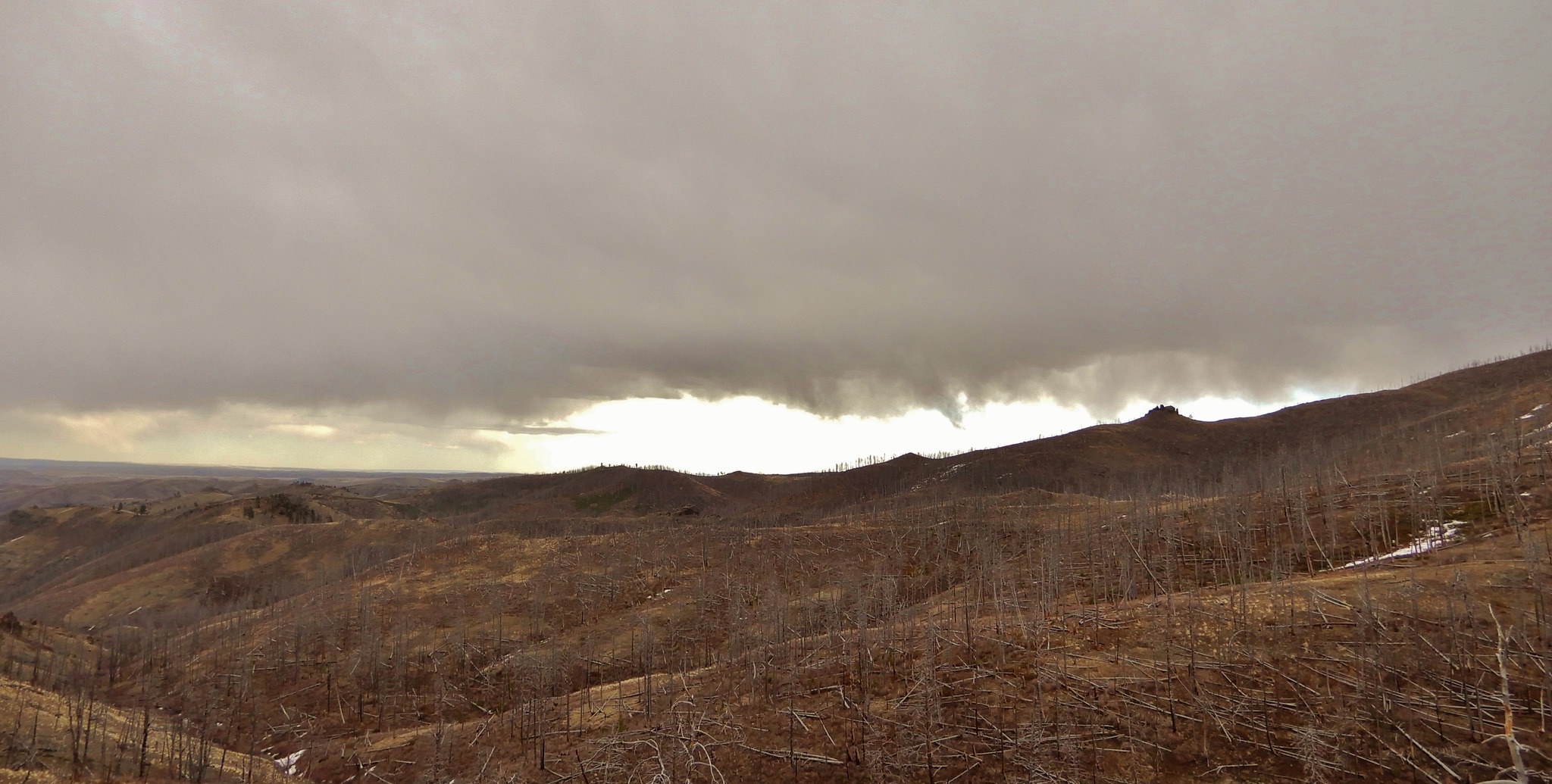
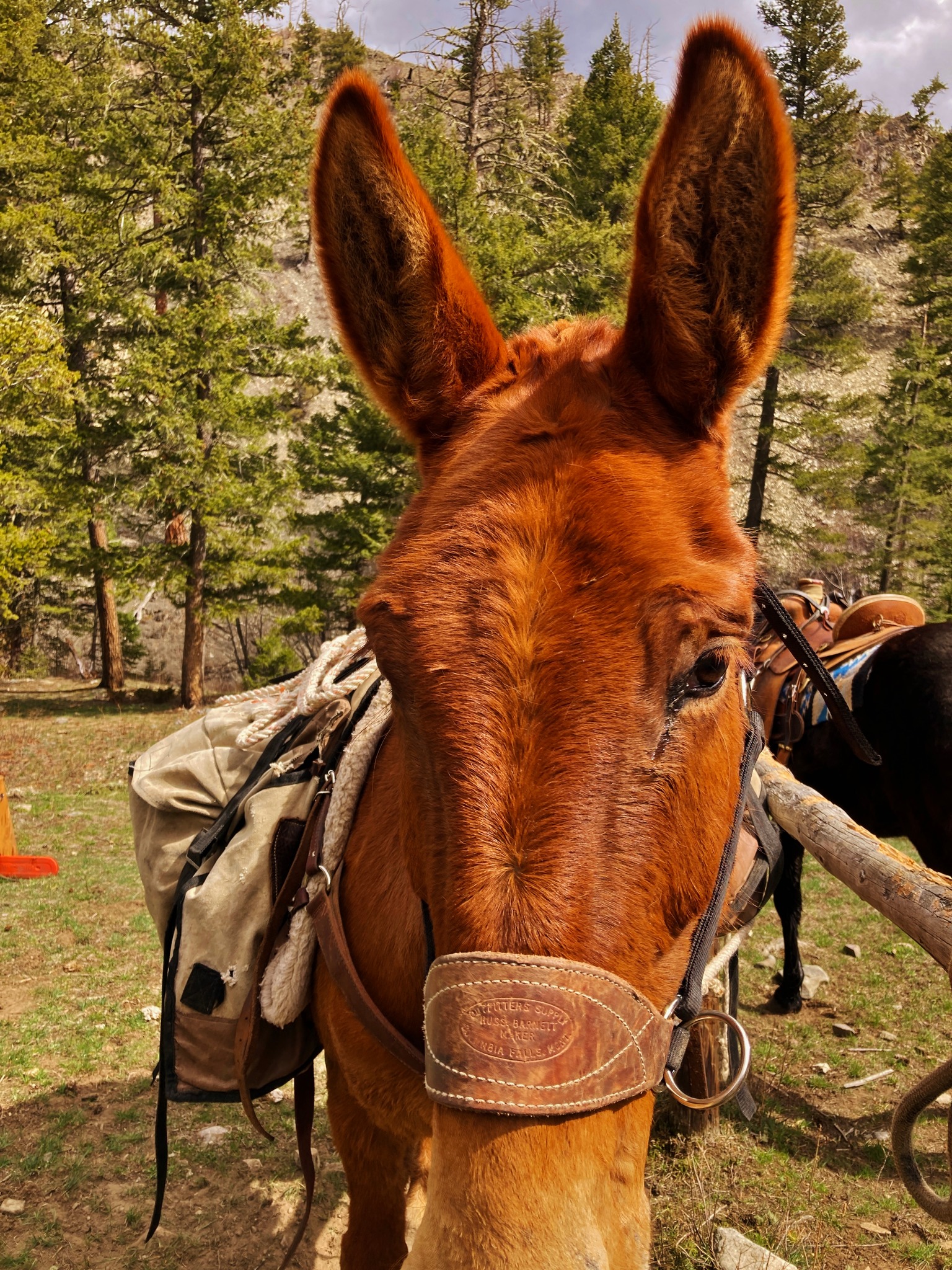


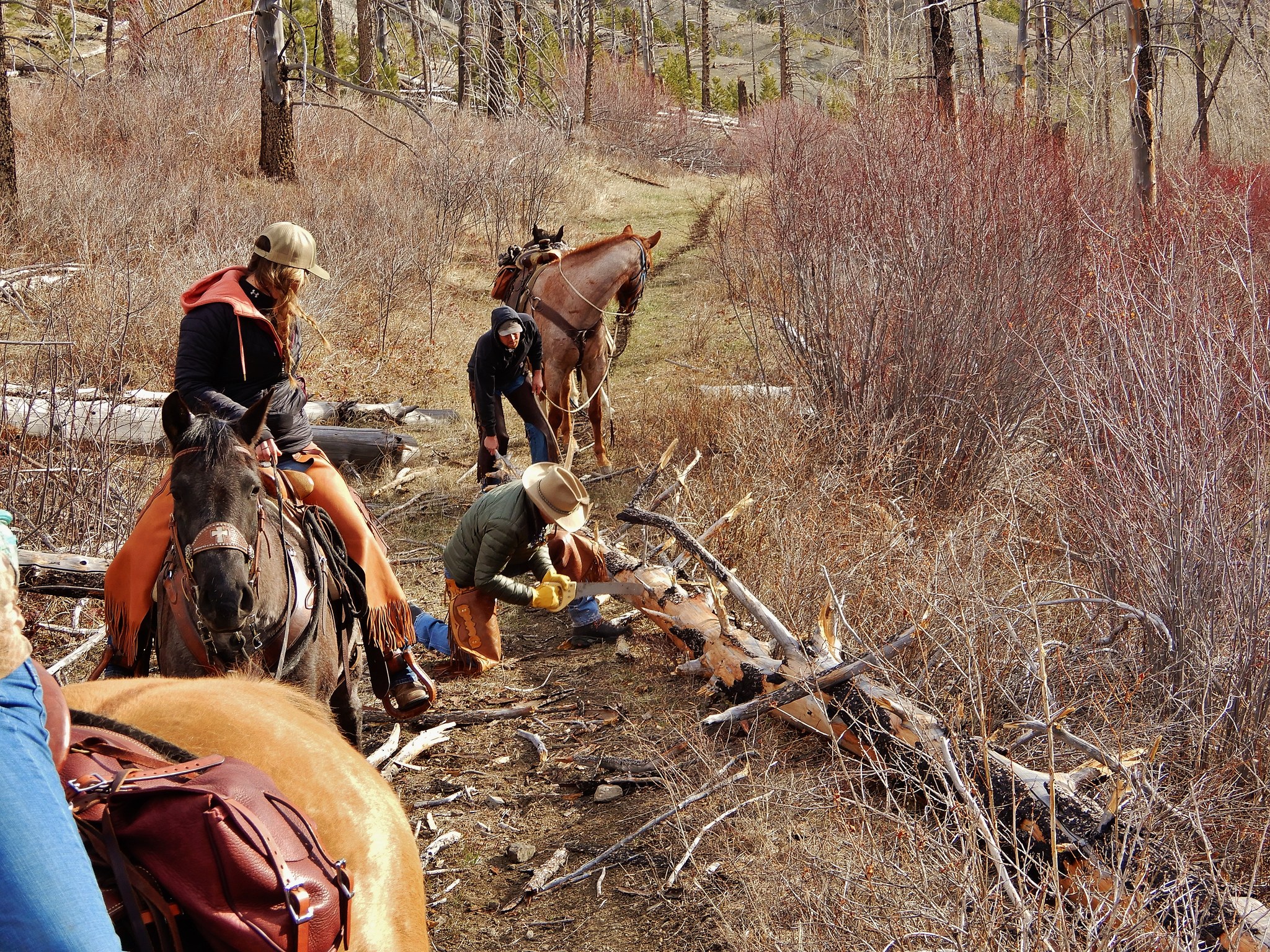
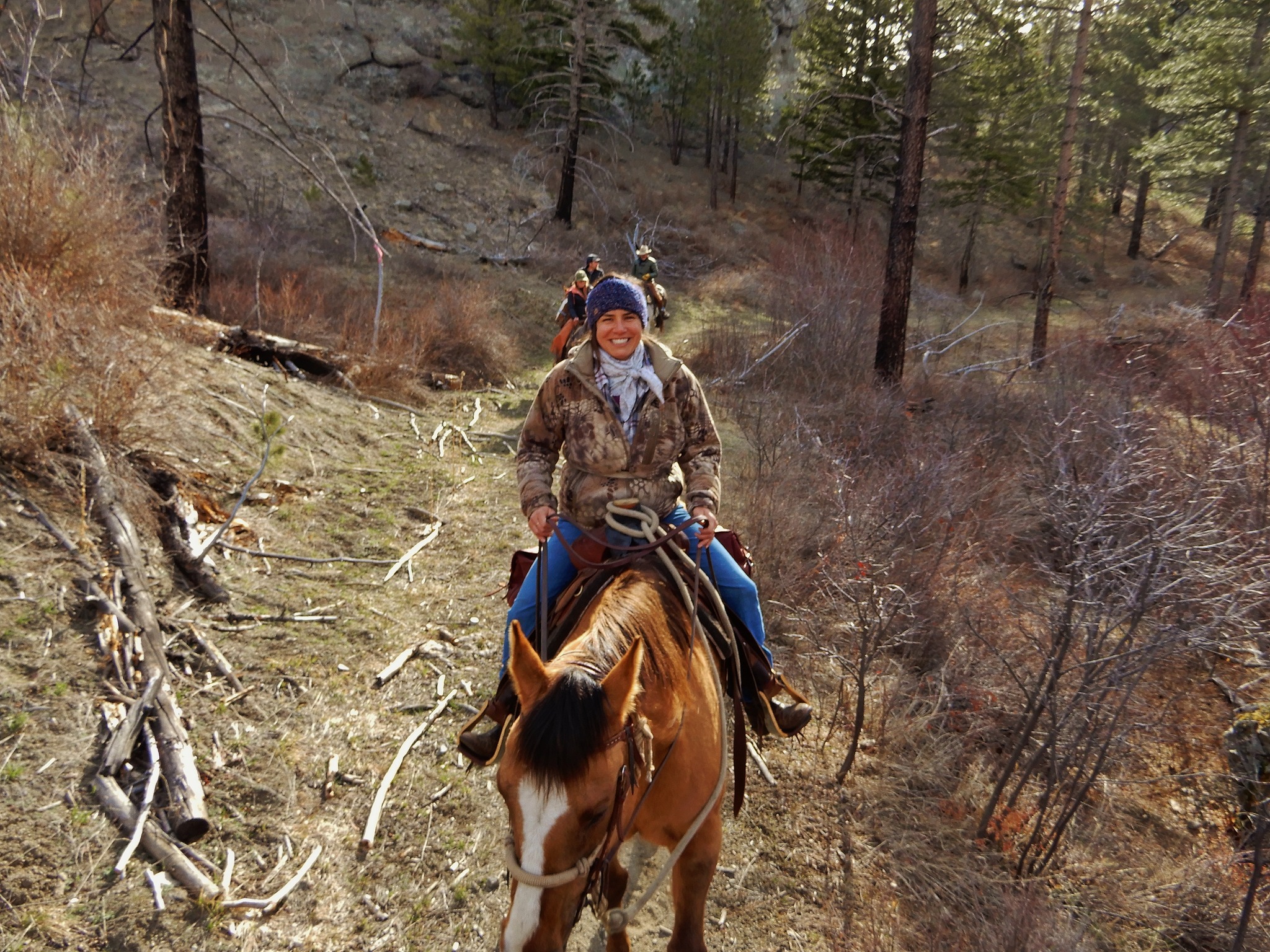
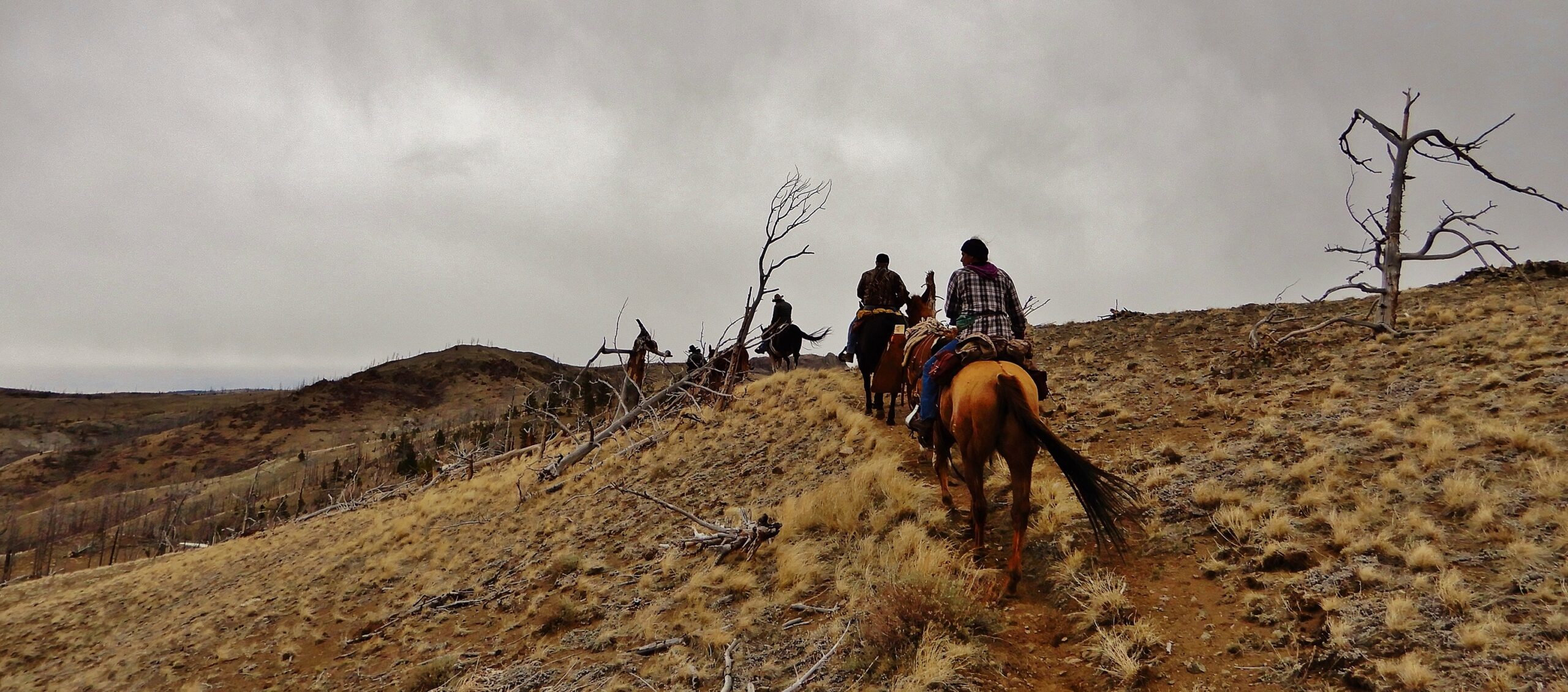




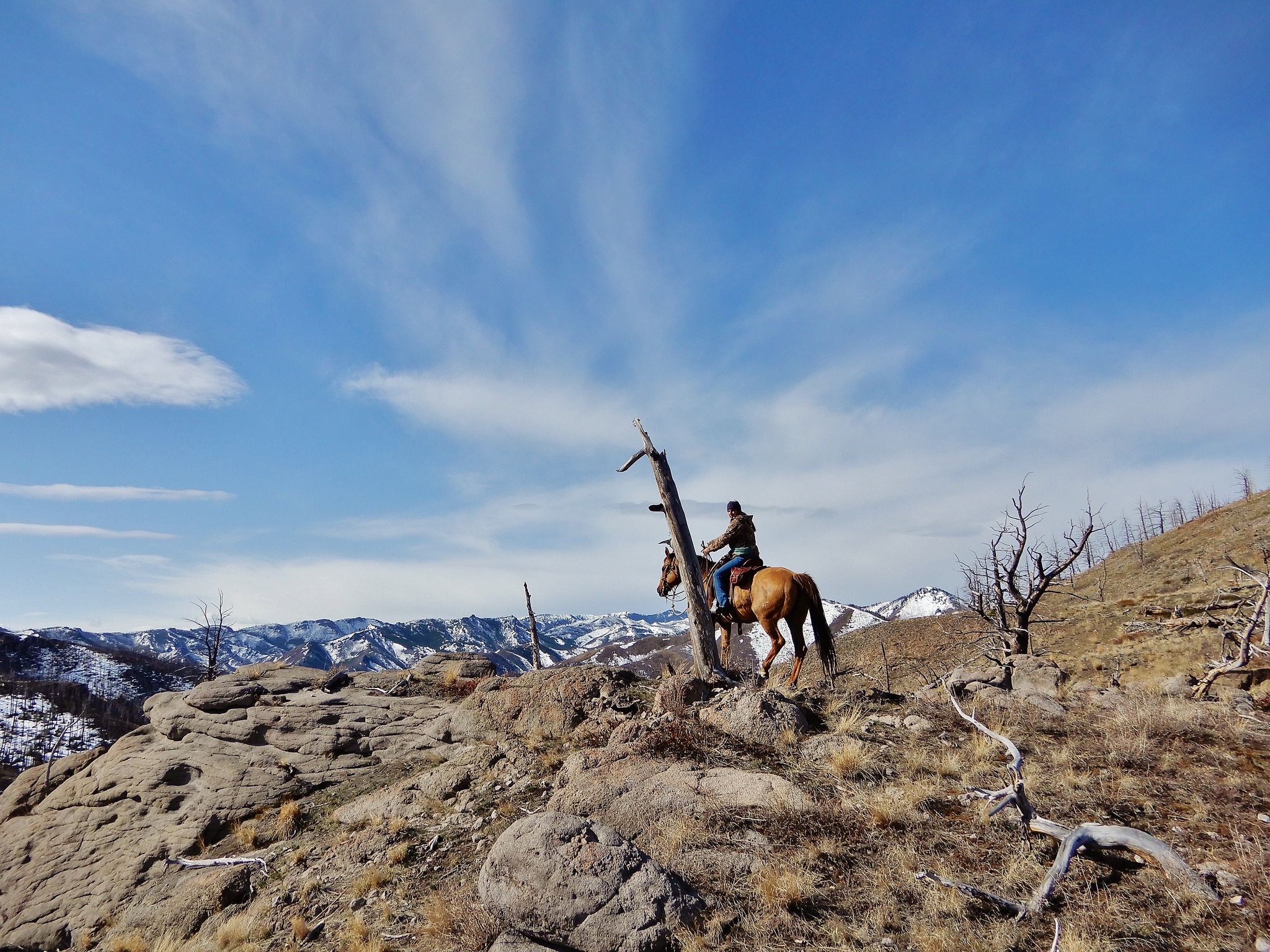

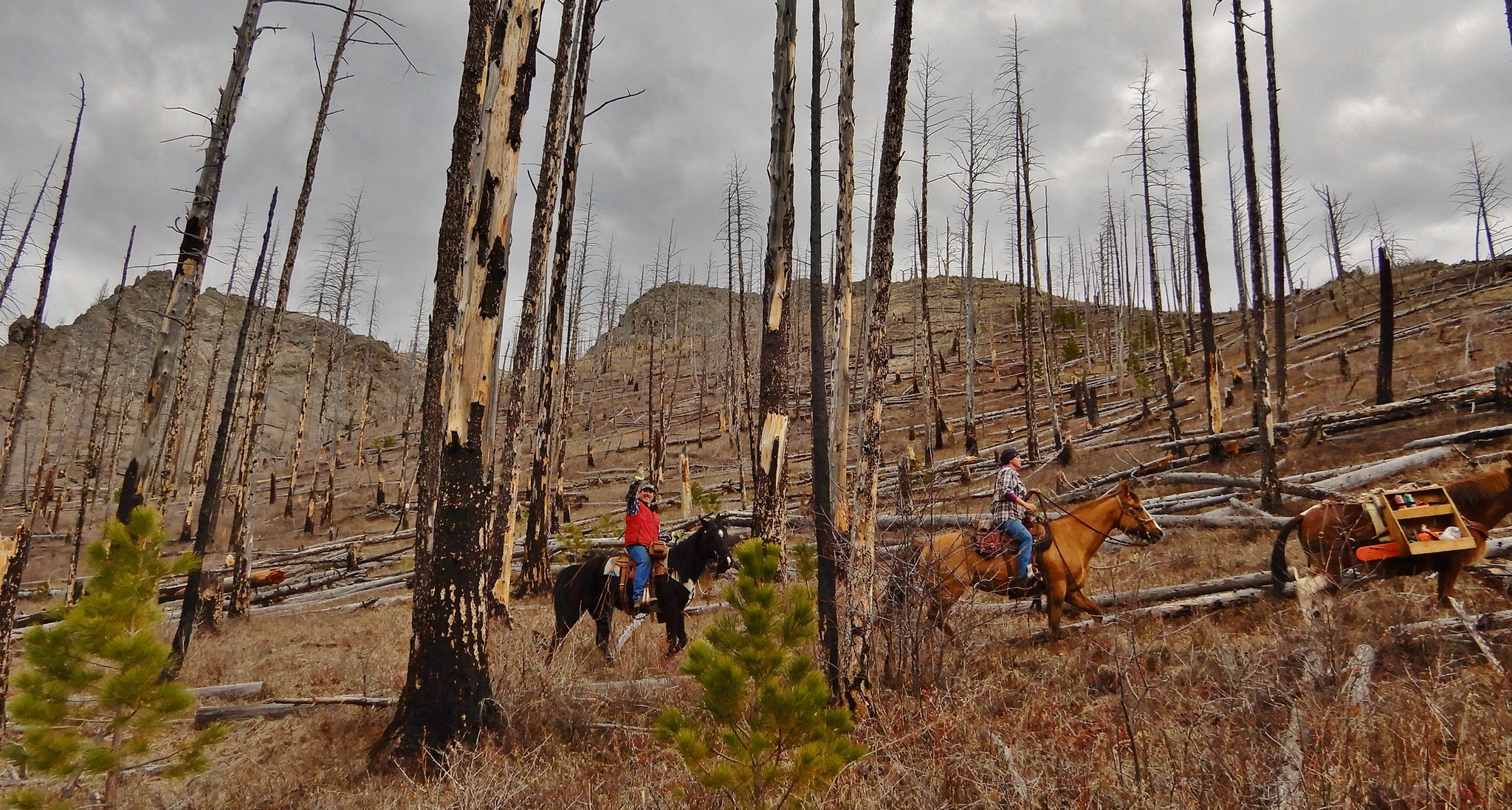
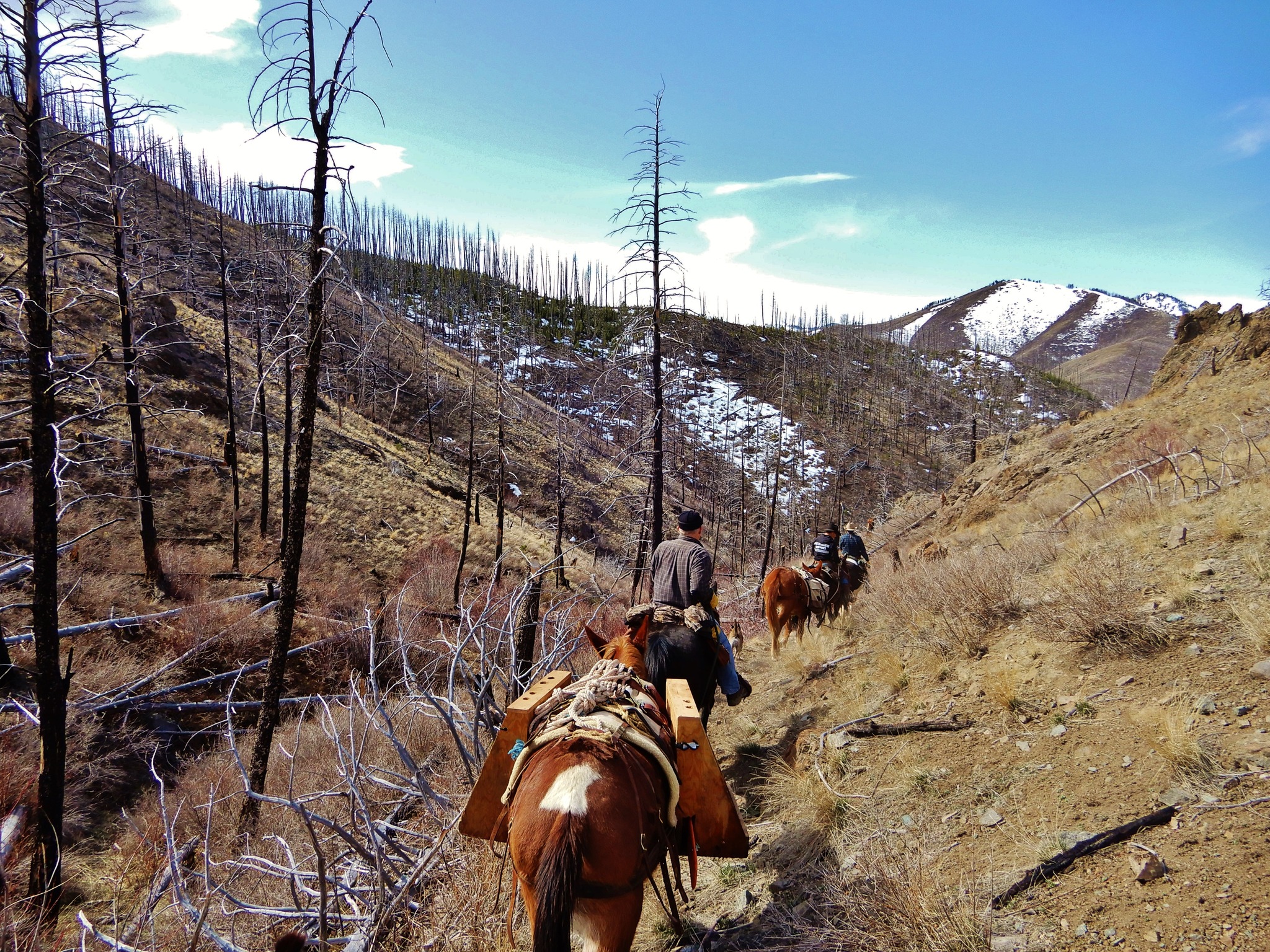
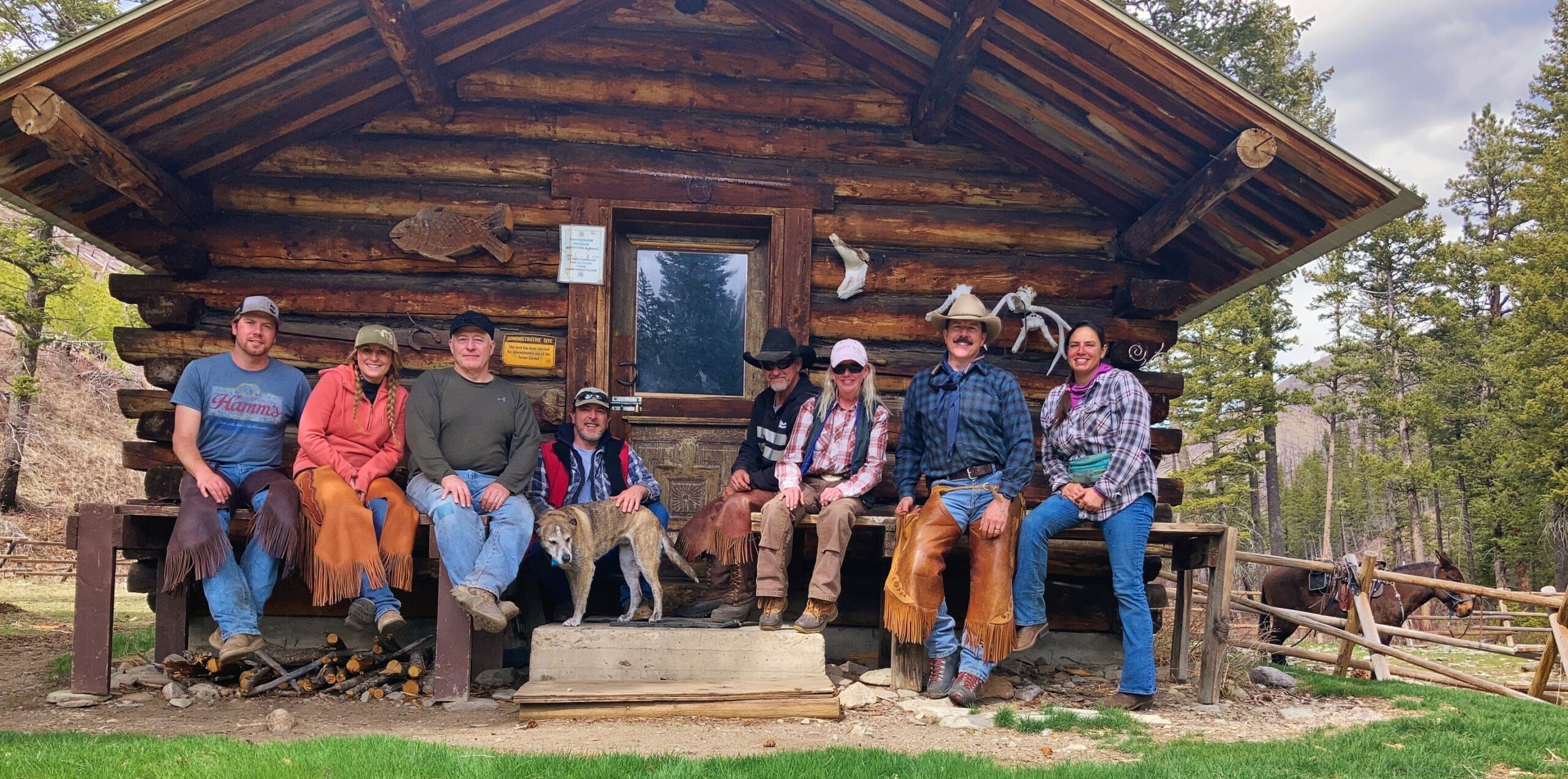
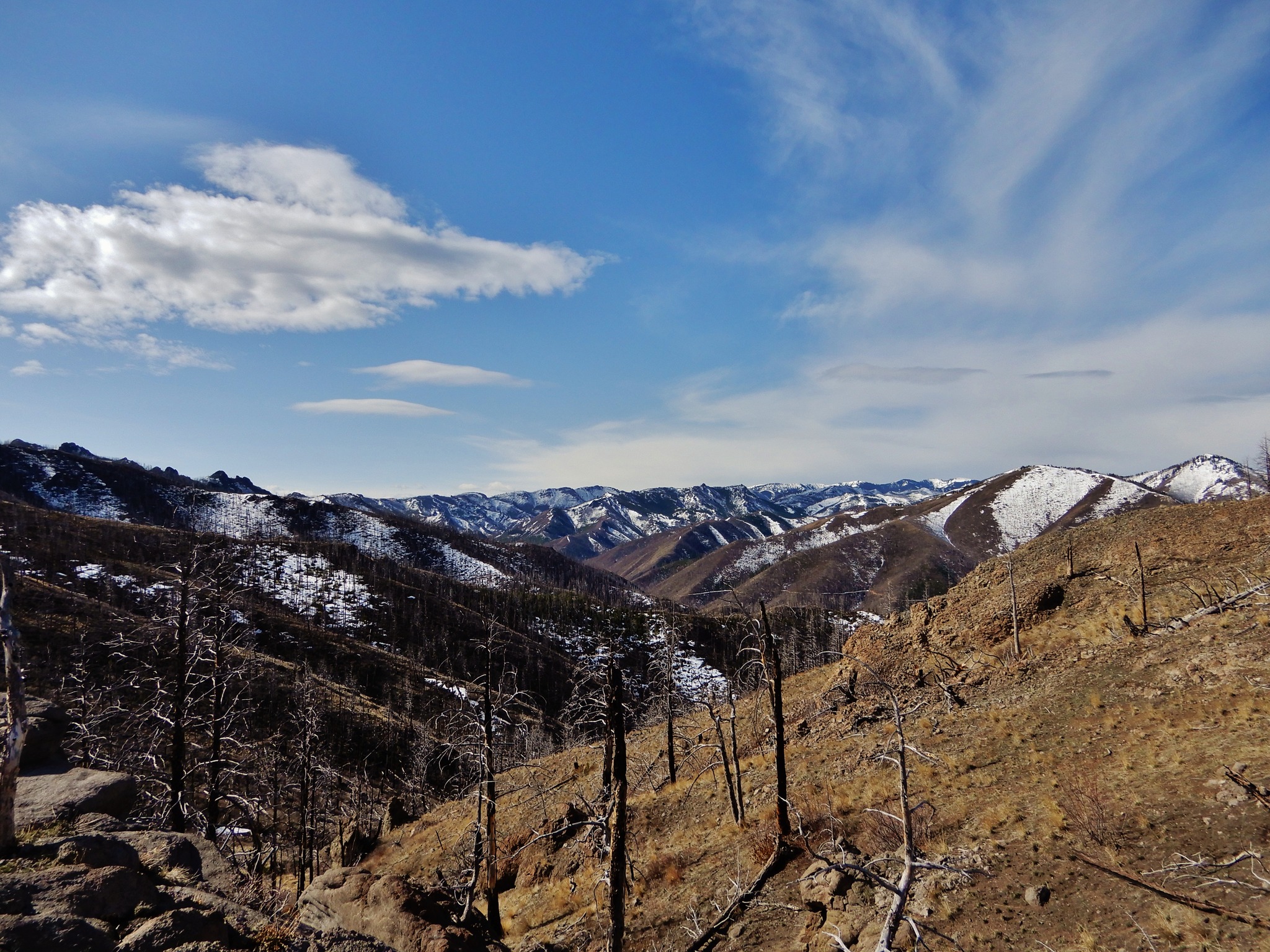
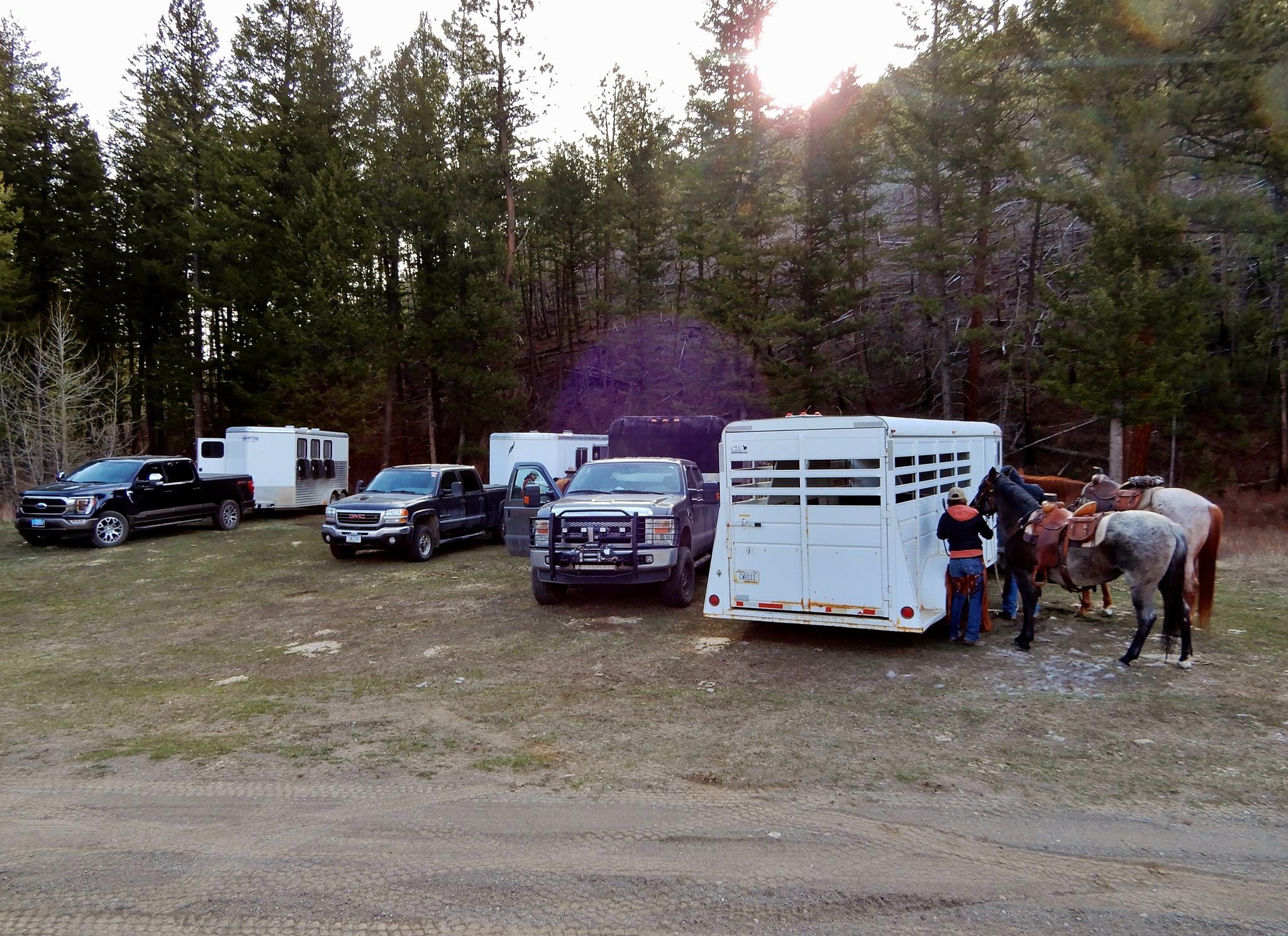
 . There were several larger trees across the trail, but the guys breezed right through them with chainsaws. Things looked pretty good headed up from the creek bottom – our BBCH cleared that last year. There is so much dead-standing back in the trees, which we also cleared last year, so we knew there would be more to cut. We cleared half a dozen before cresting the hill. After gaining almost 1,000′ in elevation, many of the unconditioned horses were breathing hard and sweating. We stopped on top at the “amphitheater” for a short break. This area has large “casting” of conglomerate rocks that overlook the mountains. It is a gorgeous spot to stop and take in the 360° view. Dave advised folks to move their saddles back just slightly as we were ready to head downhill. It’s a steep grade without any switchbacks, so you learn to take it slow. We “park ” our equines horizontally across the trail while cutting and removing the downfall on slopes this extreme. It is tough for them to stand with their front hoofs planted downhill. Plus, they fidget less if parked properly. The amount of downfall was growing! The sound of three chainsaws in the forest makes one smile. I’m always impressed by how little our equines think of the noises we make. After the terrain leveled out – somewhat – several of us were was able to get off and help toss cuts to the side, clean up all the kindling from the fallen trees and venture ahead to trim the abundance of young lodgepole pine that now range from 1′ to 10′ in height. All comebacks after the fire. As we headed down to the meadow above Lower Deer Creek, we directed our horses and mules to the wide creek opening. All of them drank
. There were several larger trees across the trail, but the guys breezed right through them with chainsaws. Things looked pretty good headed up from the creek bottom – our BBCH cleared that last year. There is so much dead-standing back in the trees, which we also cleared last year, so we knew there would be more to cut. We cleared half a dozen before cresting the hill. After gaining almost 1,000′ in elevation, many of the unconditioned horses were breathing hard and sweating. We stopped on top at the “amphitheater” for a short break. This area has large “casting” of conglomerate rocks that overlook the mountains. It is a gorgeous spot to stop and take in the 360° view. Dave advised folks to move their saddles back just slightly as we were ready to head downhill. It’s a steep grade without any switchbacks, so you learn to take it slow. We “park ” our equines horizontally across the trail while cutting and removing the downfall on slopes this extreme. It is tough for them to stand with their front hoofs planted downhill. Plus, they fidget less if parked properly. The amount of downfall was growing! The sound of three chainsaws in the forest makes one smile. I’m always impressed by how little our equines think of the noises we make. After the terrain leveled out – somewhat – several of us were was able to get off and help toss cuts to the side, clean up all the kindling from the fallen trees and venture ahead to trim the abundance of young lodgepole pine that now range from 1′ to 10′ in height. All comebacks after the fire. As we headed down to the meadow above Lower Deer Creek, we directed our horses and mules to the wide creek opening. All of them drank . Then it was on to the cabin! Just before Tie Cutter (which is motorized), is the junction to Lower Deer Creek which is non-motorized. Last year the Forest Service placed large rocks across the trail to prevent 4-wheelers from using this trail. Someone moved them vout of the way, and you could see motorized tracks. So, the guys put them back in place. Our last obstacle was crossing the creek just past this junction. There is a large curve in the creek, and several years ago, logs started jamming up the crossing during an exceptionally wet year. Every year it has worsened. Folks have been crossing upstream, but it is a steep, eroding drop-off into the creek. We cleared a new path just up from the log jam. It took a lot of cutting and lopping, but we got it done. It will be much safer for everyone. We finished by blocking off the original trail with downfall. At the cabin horses and mules were corralled, tied to the hitchrail or large trees. We cut 53 downed trees, drug/shoved several others off the trail, and got some lopping done. There were two more members from the Clyde Park area – which was fantastic. We settled around the fire ring and took a much-needed break. It was time for lunch! We captured a picture of the group on the cabin porch before heading out. What a great-looking crew. The ride out was fantastic – we just smiled and slapped ourselves on the back as we passed by all the cut trees
. Then it was on to the cabin! Just before Tie Cutter (which is motorized), is the junction to Lower Deer Creek which is non-motorized. Last year the Forest Service placed large rocks across the trail to prevent 4-wheelers from using this trail. Someone moved them vout of the way, and you could see motorized tracks. So, the guys put them back in place. Our last obstacle was crossing the creek just past this junction. There is a large curve in the creek, and several years ago, logs started jamming up the crossing during an exceptionally wet year. Every year it has worsened. Folks have been crossing upstream, but it is a steep, eroding drop-off into the creek. We cleared a new path just up from the log jam. It took a lot of cutting and lopping, but we got it done. It will be much safer for everyone. We finished by blocking off the original trail with downfall. At the cabin horses and mules were corralled, tied to the hitchrail or large trees. We cut 53 downed trees, drug/shoved several others off the trail, and got some lopping done. There were two more members from the Clyde Park area – which was fantastic. We settled around the fire ring and took a much-needed break. It was time for lunch! We captured a picture of the group on the cabin porch before heading out. What a great-looking crew. The ride out was fantastic – we just smiled and slapped ourselves on the back as we passed by all the cut trees . As we headed up Jim’s Gulch, the wind picked up, the temperature started to drop, and the clouds were swirling overhead. As the sky turned grey, several members were pulling out their slickers. Then light sleet and rain started. The pack on John’s mule was slipping, so he hopped off to adjust it while everyone looked at the dead standing swaying overhead. You have to pay attention. Several of us were relieved to be out of the forest riddled with dead-standing and on top of the rocks. On the last descent, the rain picked up. The rain was heavier when we got back to the trailhead. All it dampened was the social hour that generally follows trail-clearing.
. As we headed up Jim’s Gulch, the wind picked up, the temperature started to drop, and the clouds were swirling overhead. As the sky turned grey, several members were pulling out their slickers. Then light sleet and rain started. The pack on John’s mule was slipping, so he hopped off to adjust it while everyone looked at the dead standing swaying overhead. You have to pay attention. Several of us were relieved to be out of the forest riddled with dead-standing and on top of the rocks. On the last descent, the rain picked up. The rain was heavier when we got back to the trailhead. All it dampened was the social hour that generally follows trail-clearing.Main Stillwater Clearing – May 20
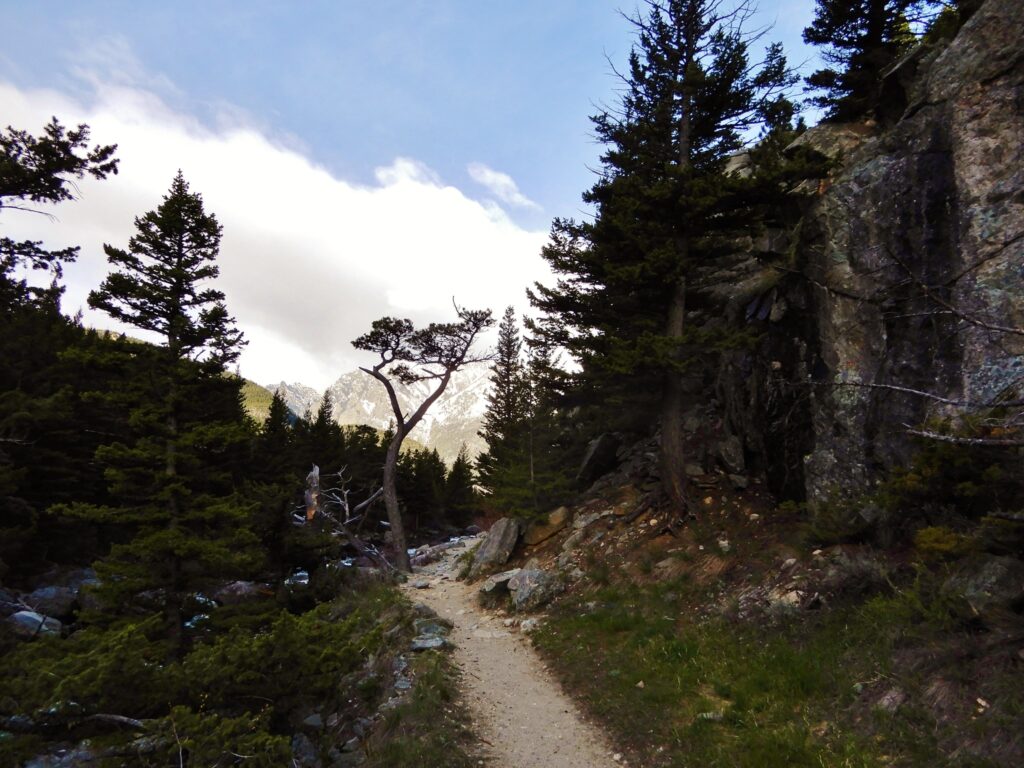
Packing School – July 15

A few weeks ago, my friend Jessica and I were lucky enough to attend a 3-day packing clinic put on by Royal Tine Packing and Guide School, Cody and LeRee Hensen, outside of Phillipsburg, MT. Situated on a picturesque mountain ranch
along Rock Creek along the Pintler mountain range, you already feel like you’re in the
backcountry just driving back to the camping area. We got started right away on Friday morning after a big breakfast in the cook tent and learned how to manty hay bale loads. The first few hours were spent learning the correct way to tightly wrap
manty tarps on an easy load like a hay bale,
understanding a basket and barrel hitch and getting the packer’s knot down. We spent a good amount of time learning how to put up loads that weighed slightly different amounts and focused on checking everything before leaving the trailhead. The afternoon was filled with detailed information on the different types of pack saddles and all of the nuts and bolts to go along with those. In between lessons, we were treated with some of
the most amazing camp food cooked by LeRee and learned that she also teaches camp cooking classes when the 4-week guide school is going on. The whole group stayed in different platform wall tents that were scattered amongst the trees on the outside of big meadow.
Day 2 was filled with a good amount of instruction on different types of knots and hitches in the morning (bowline, highline loops, crows foot, box hitch, diamond hitch, etc.) along with how to keep horses in the backcountry (hobbles, picket line, bells, etc.), with one group going on a trail ride with their packed loads in the afternoon. The other group (mine) stayed in camp and had a giant pile of random camping supplies to weight out by feel (no scale!) and separate into 6 different loads as if you had 3 pack animals. We had two different groups; Jess, Doug and I beat the other group with only 2lbs, 4lbs, and 6lbs difference between the 3 different pairs! Not having a scale was challenging but it proved to us that having that skill was very valuable. Sunday morning, we took all of our packed loads and set out into the mountains for
a 7-mile trail ride! All of the loads did great, we only
had 1 saddle slip slightly forward (the cinch might
not have been checked a final time which was a
learning experience) so we called it a success. Jess and I left that weekend feeling so grateful for all of the knowledge that was gained and the potential to now be able to go into the mountains and do this ourselves! I cannot recommend this experience enough to anyone getting interested in packing horses and mules into the backcountry.
Island Lake Fun Ride – July 23
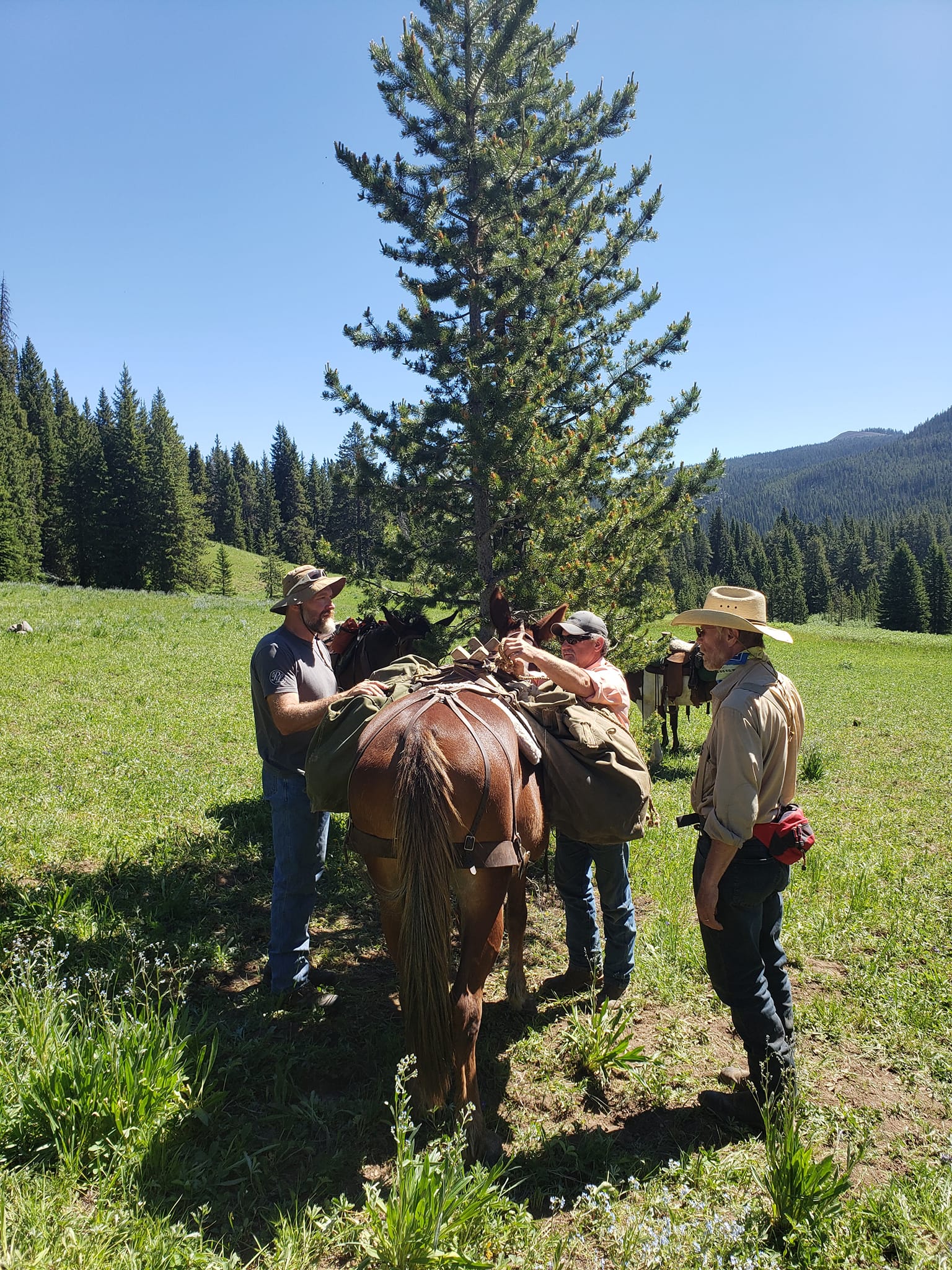
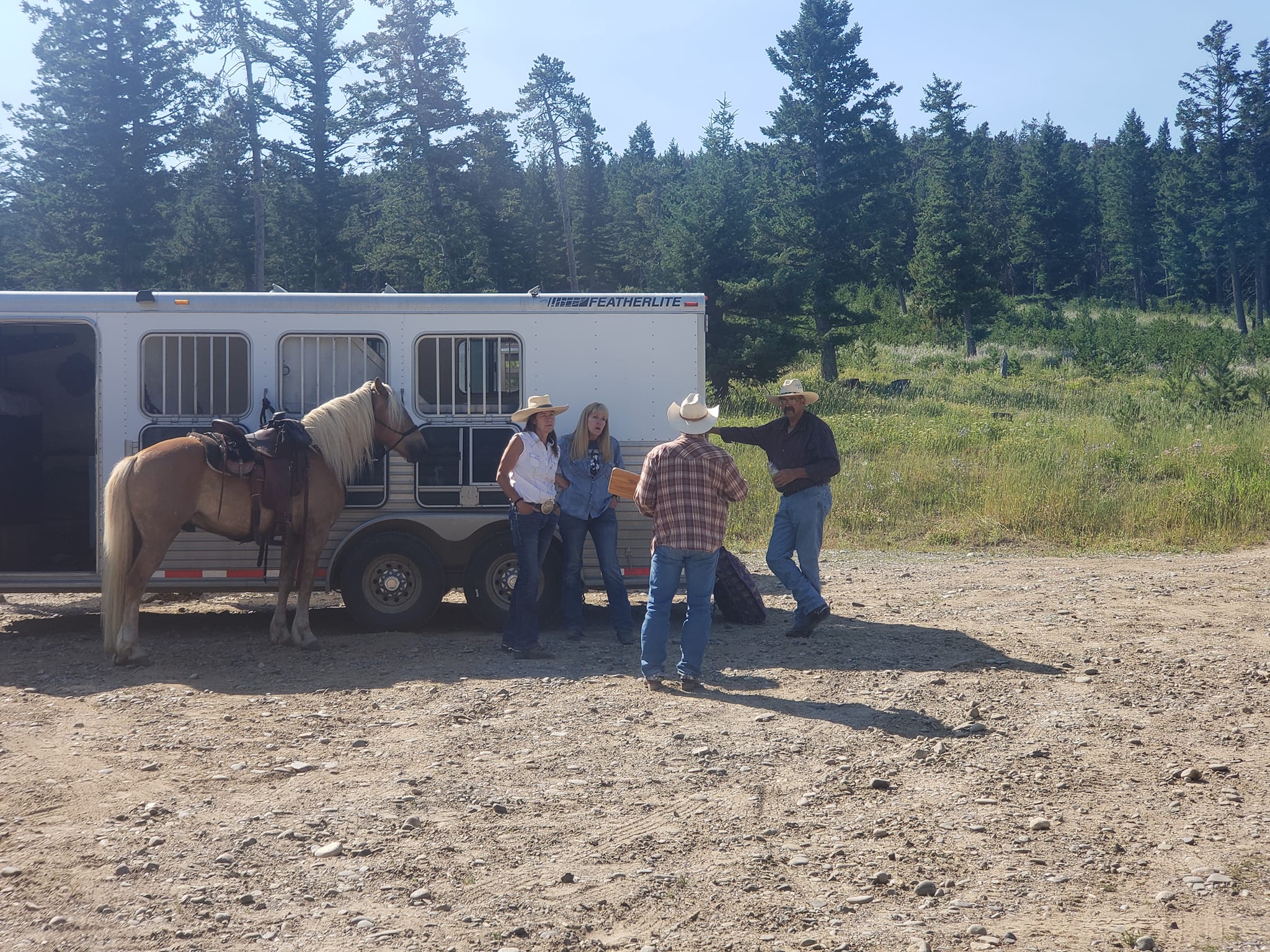
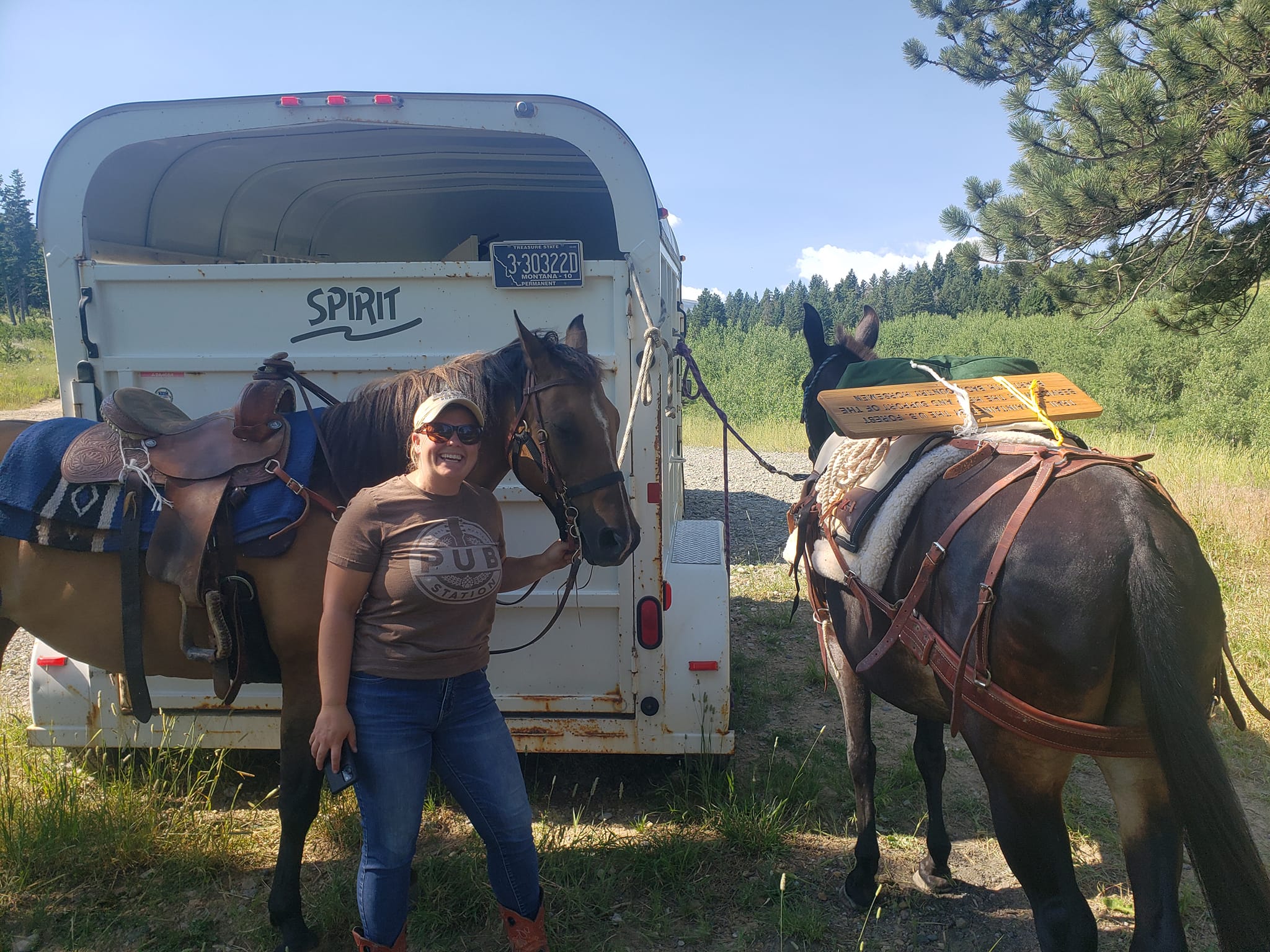
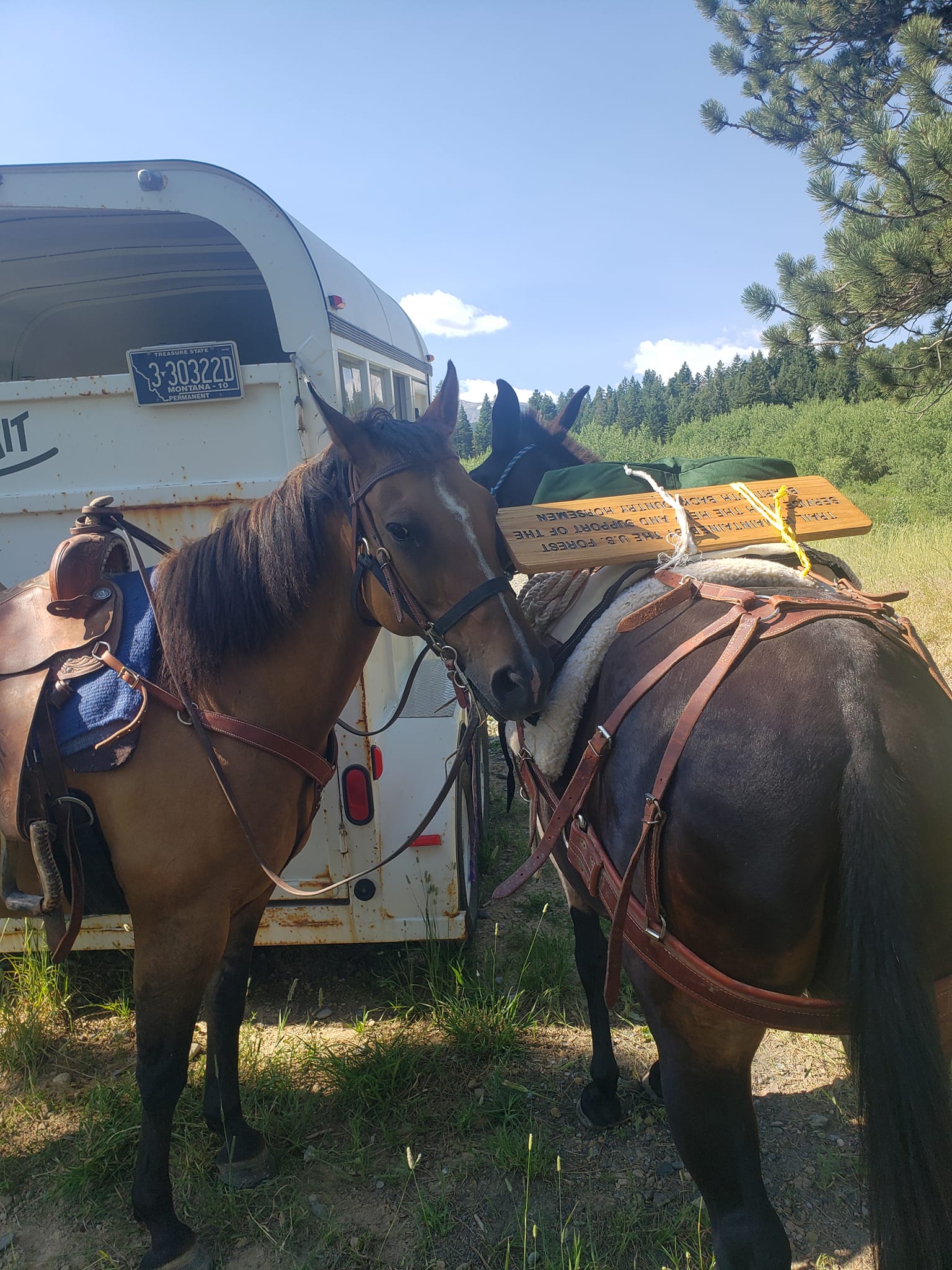
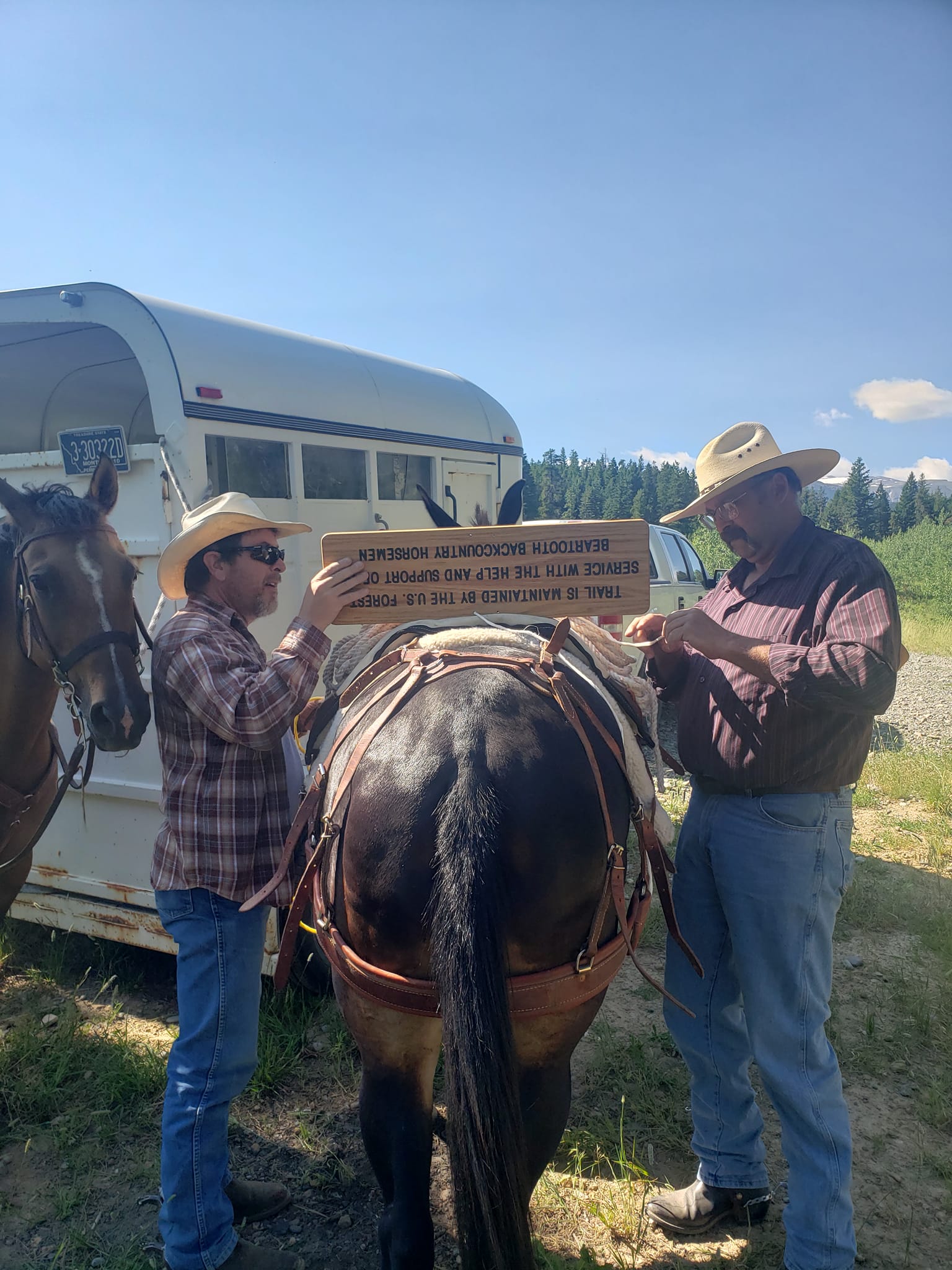
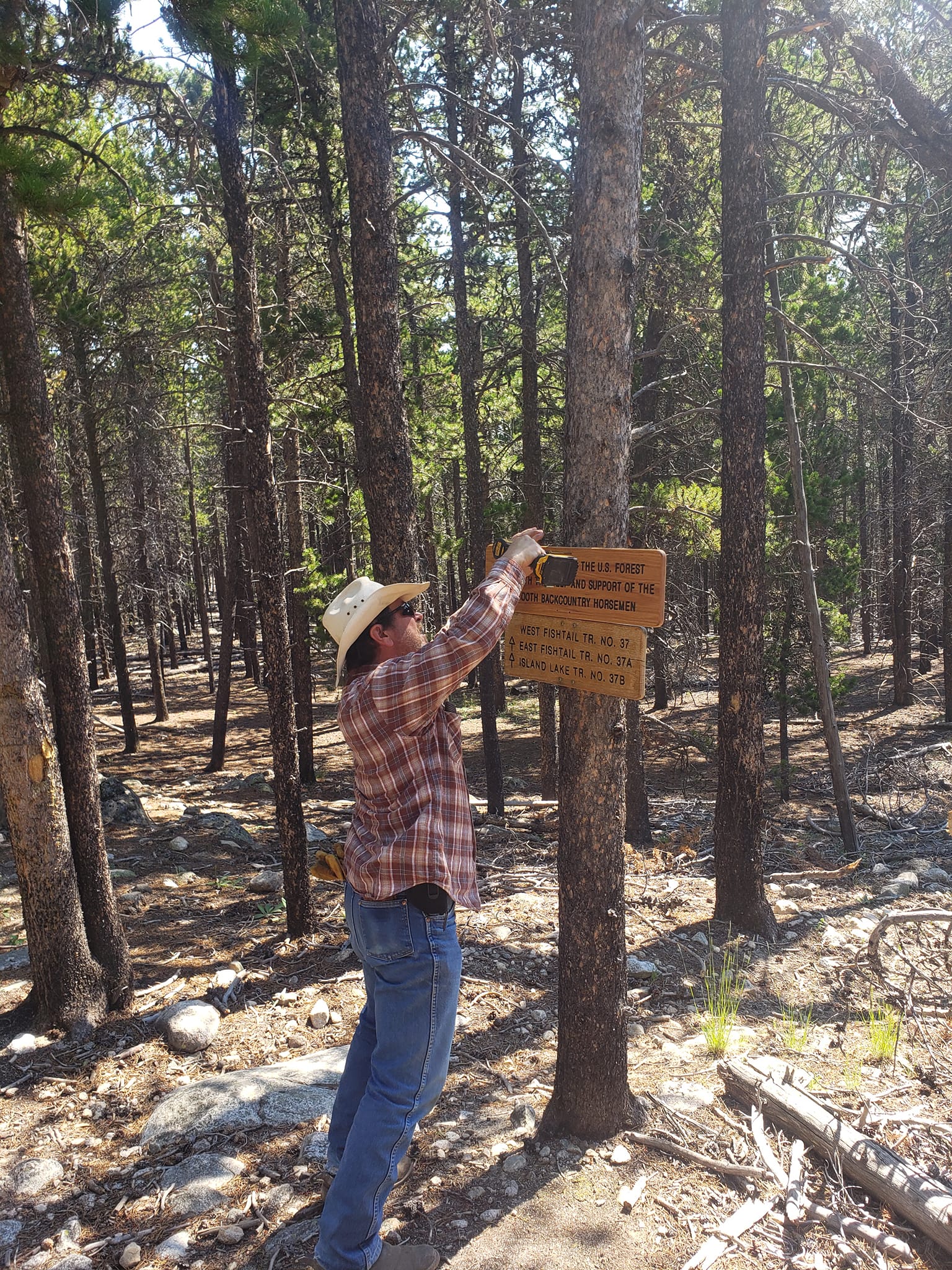

Absaroka Beartooth Wilderness Foundation Packout – August 24
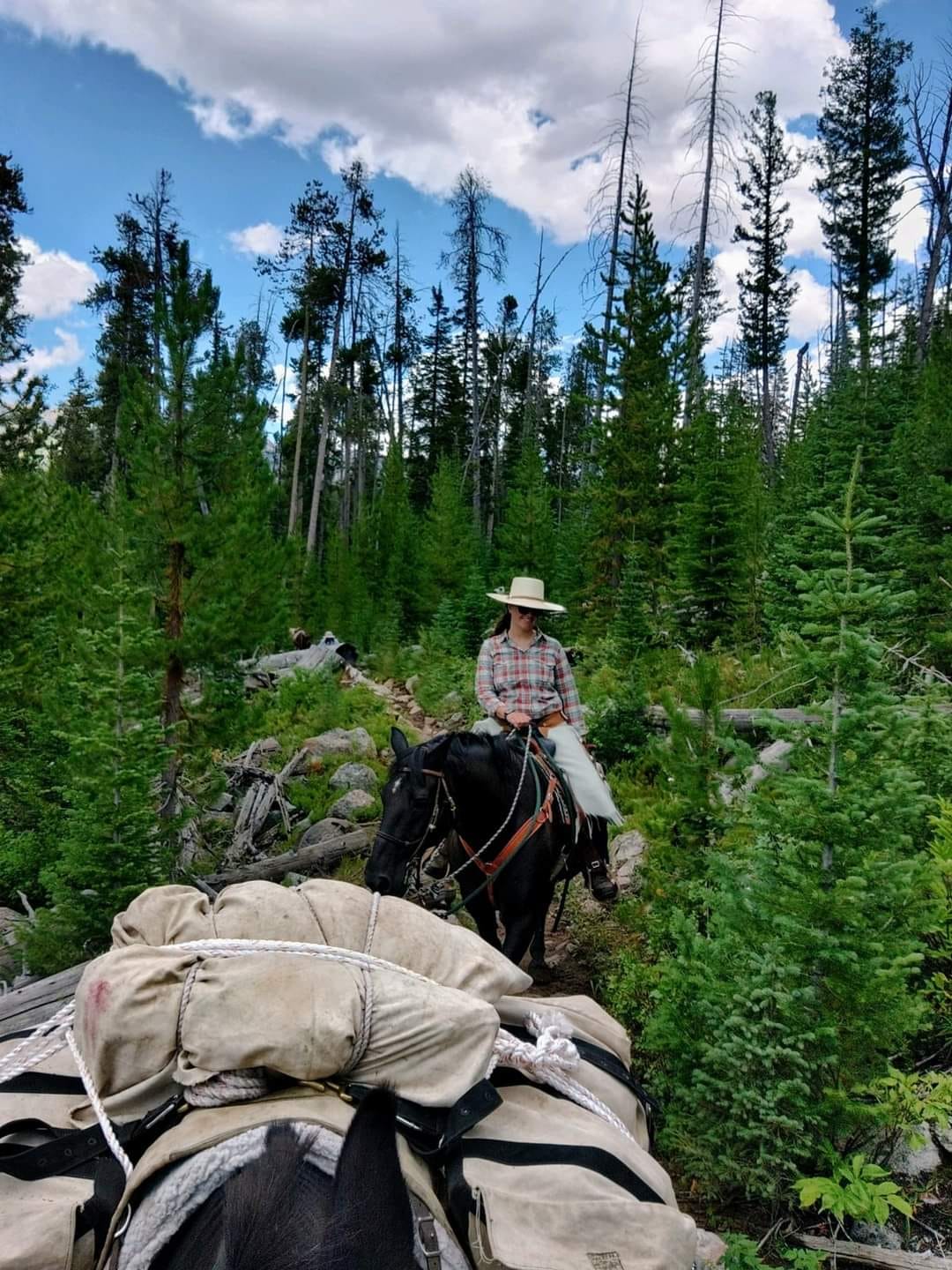
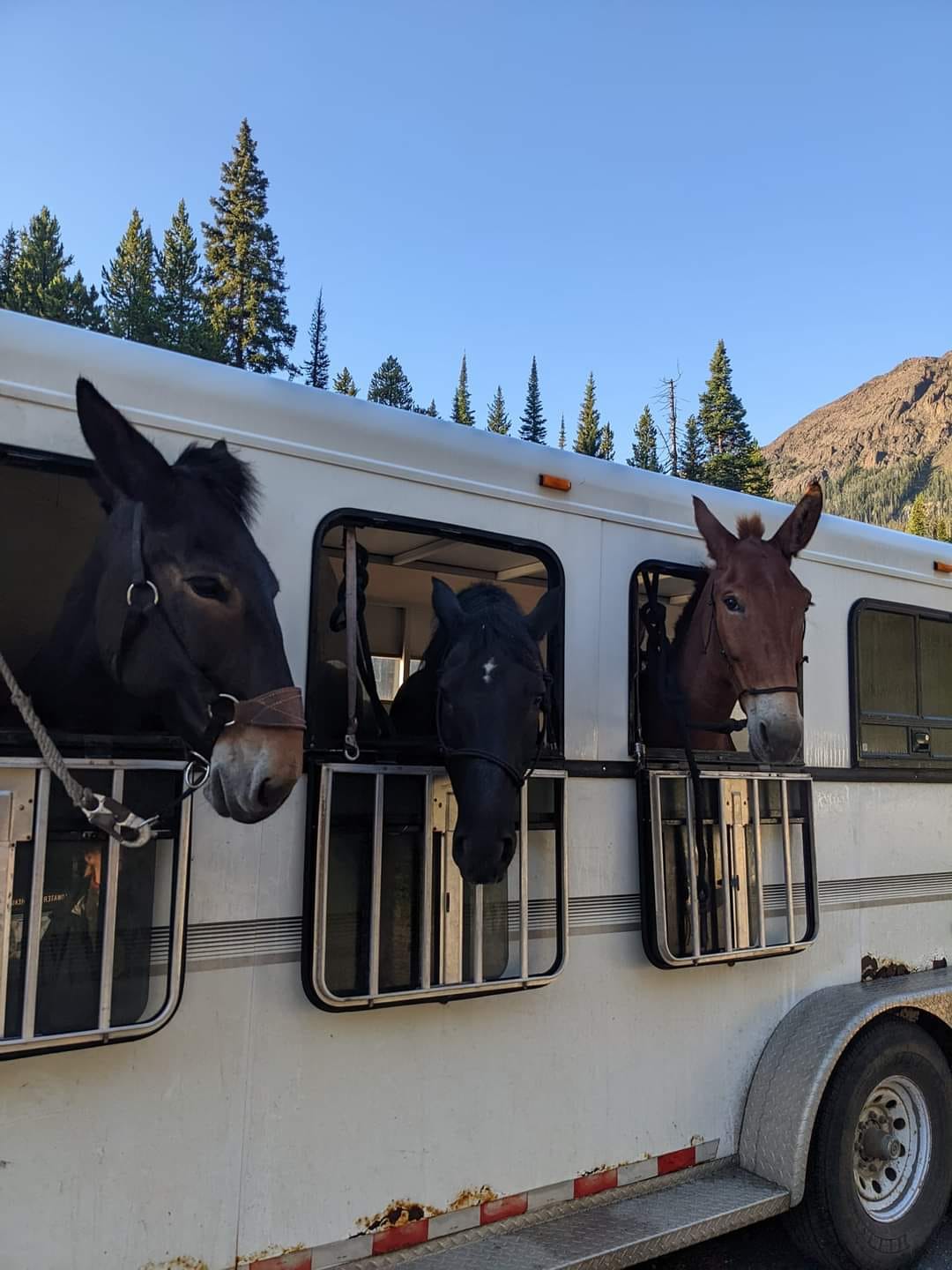

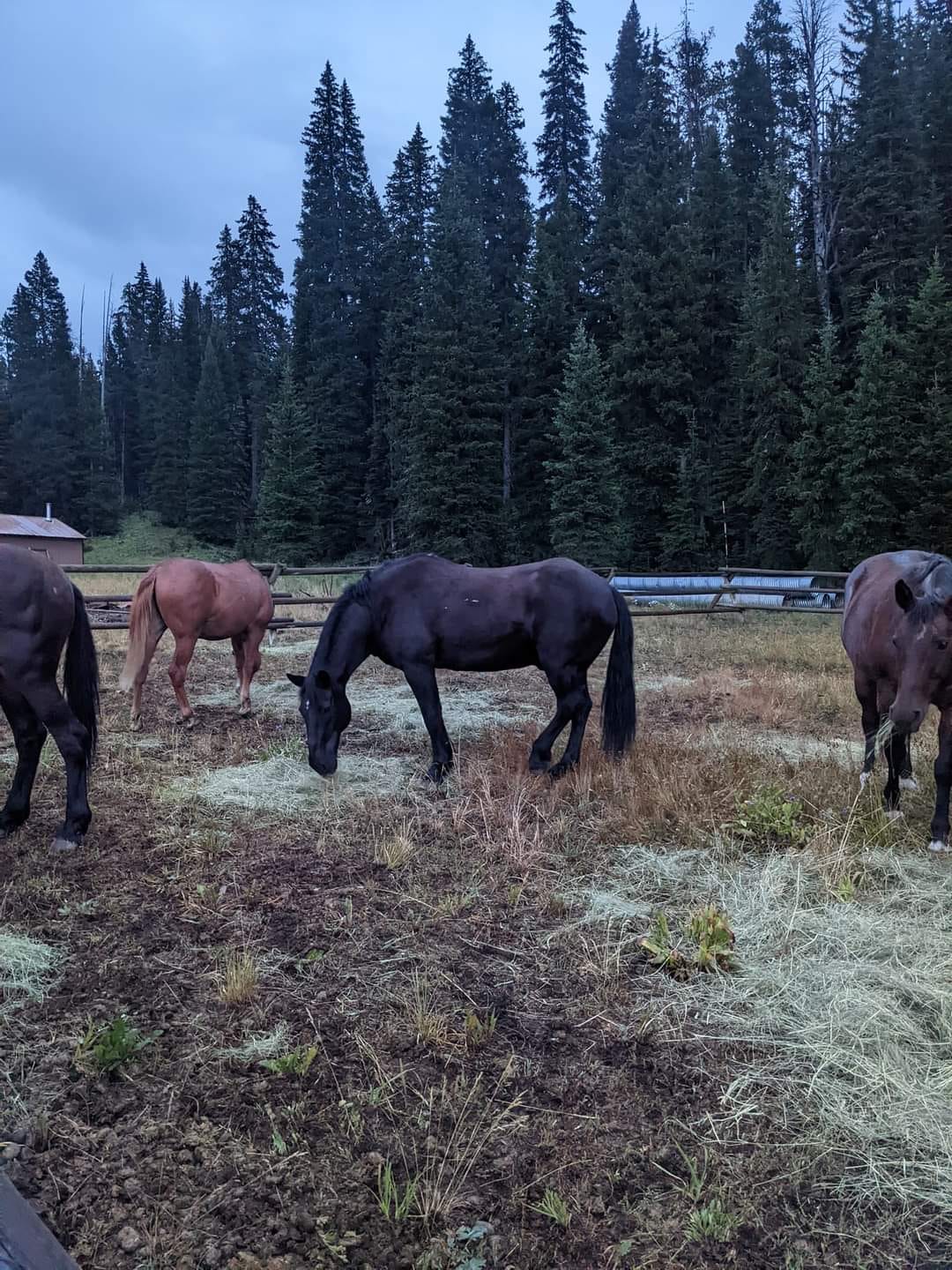
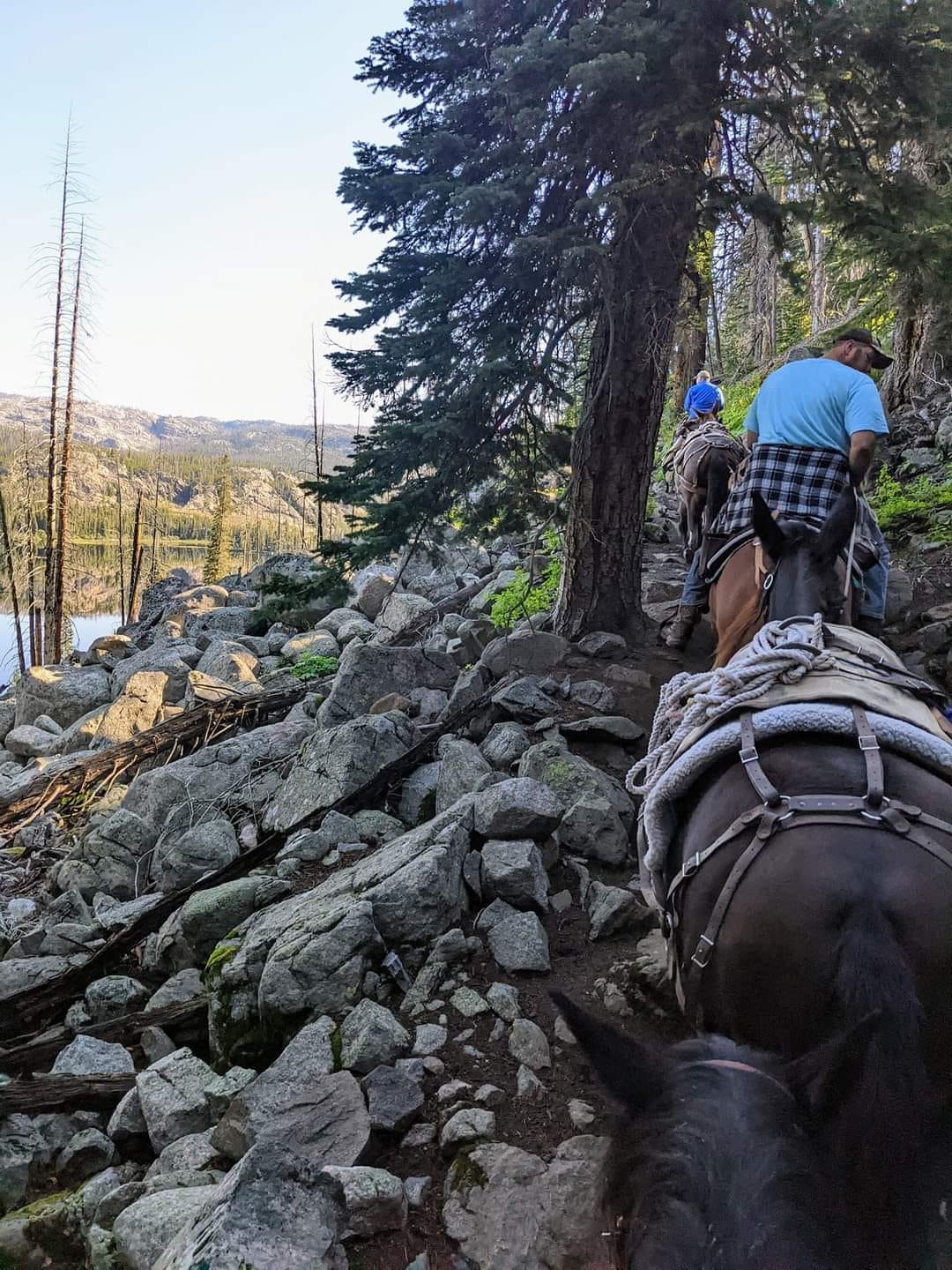


Summer Rendezvous – September 2022
